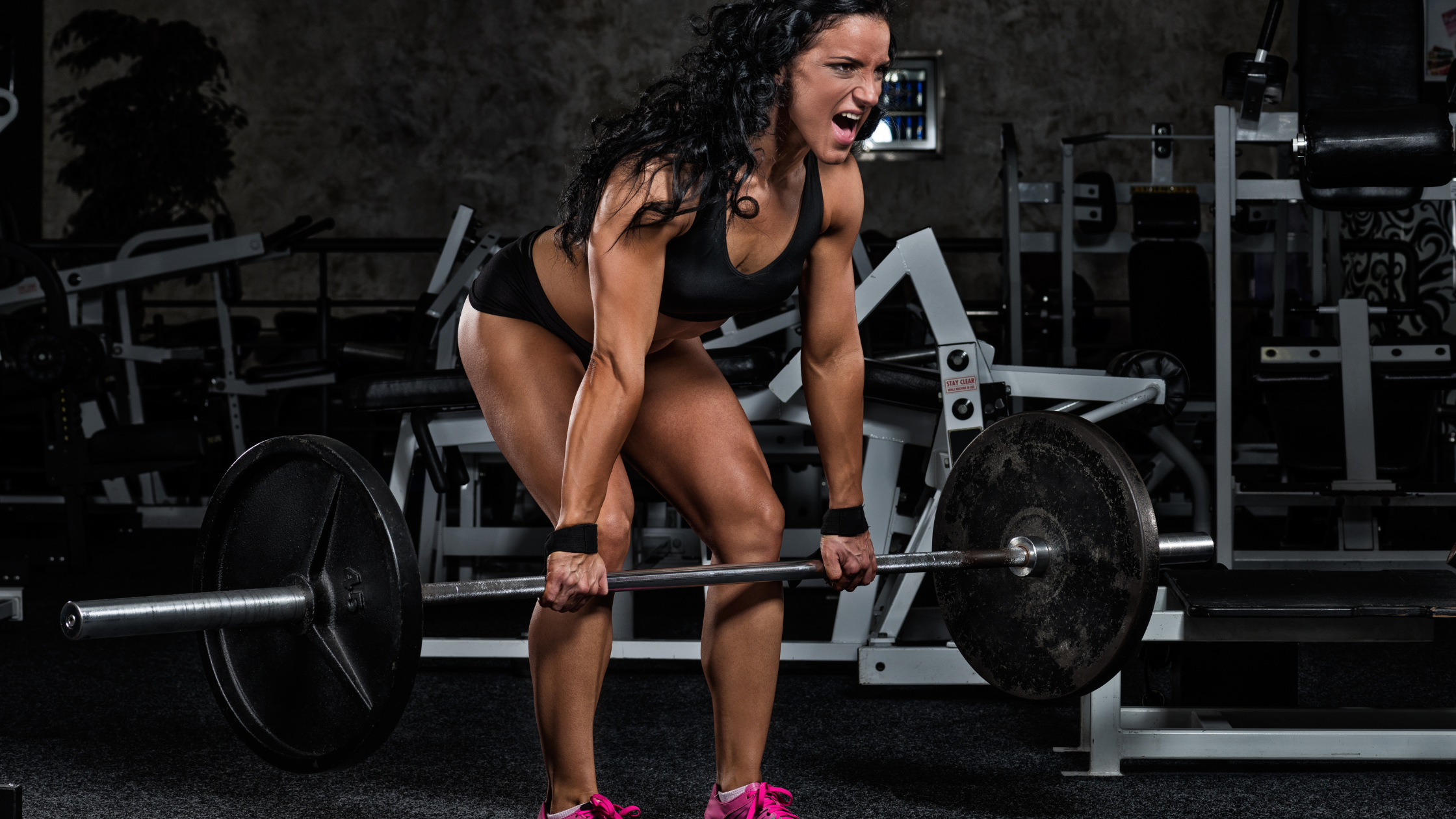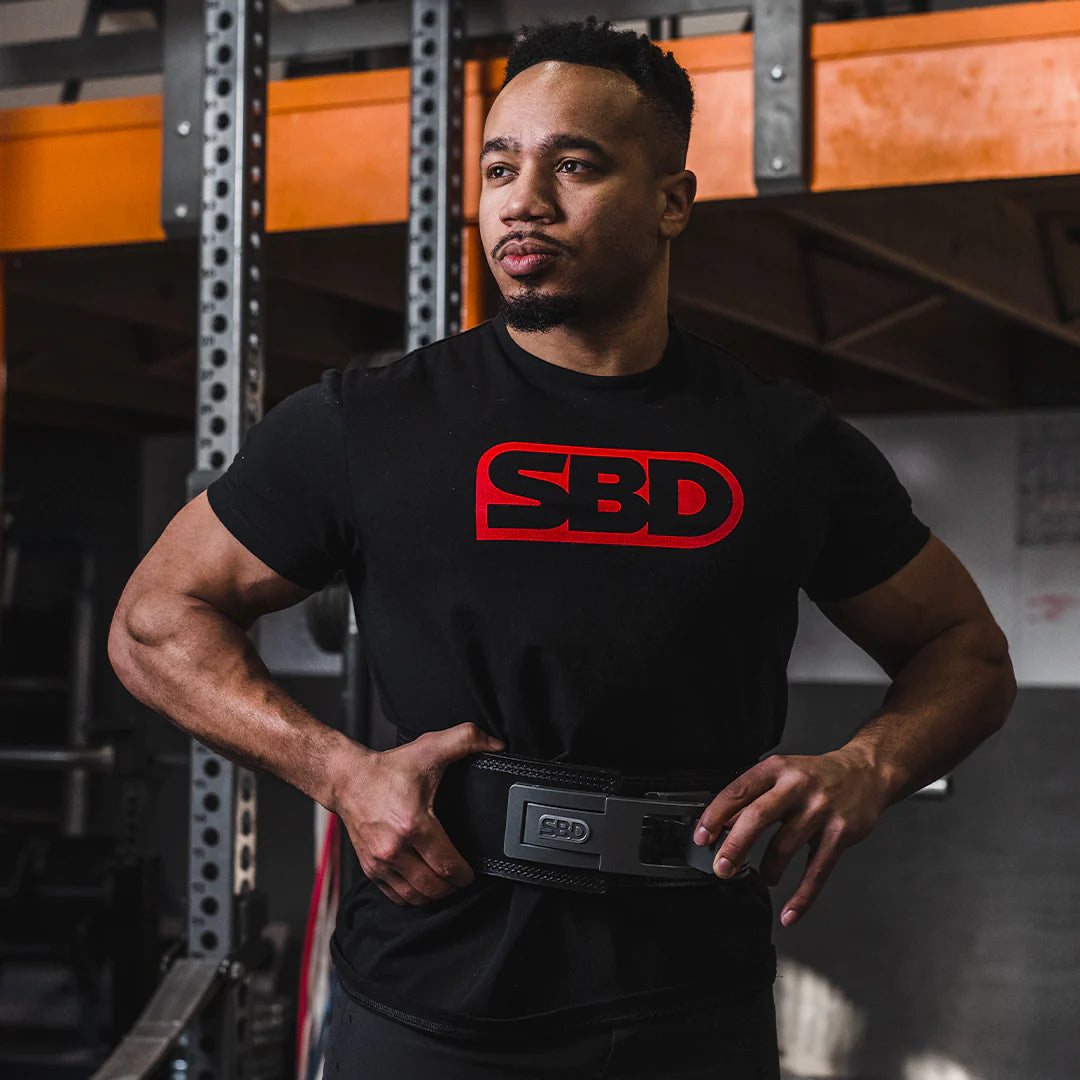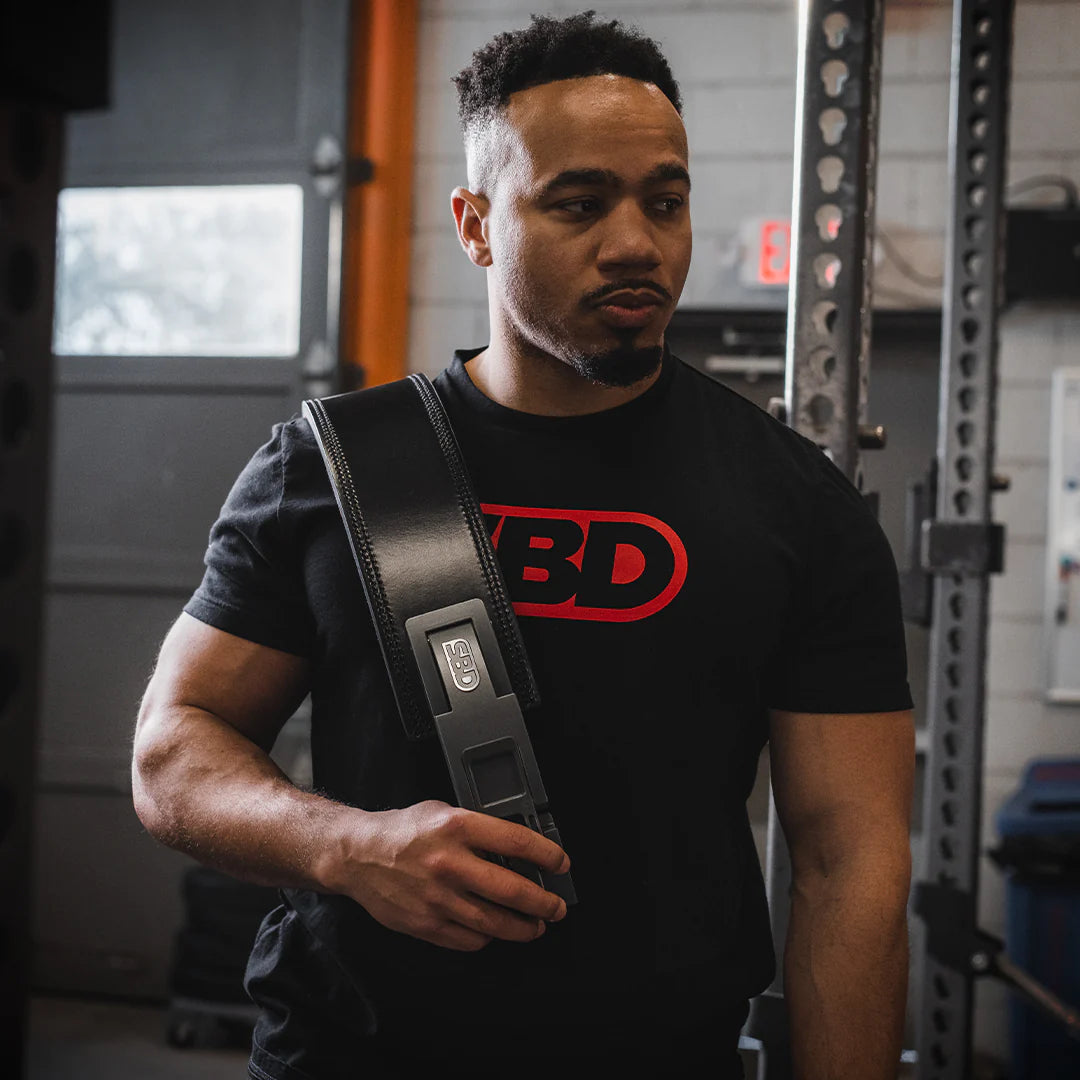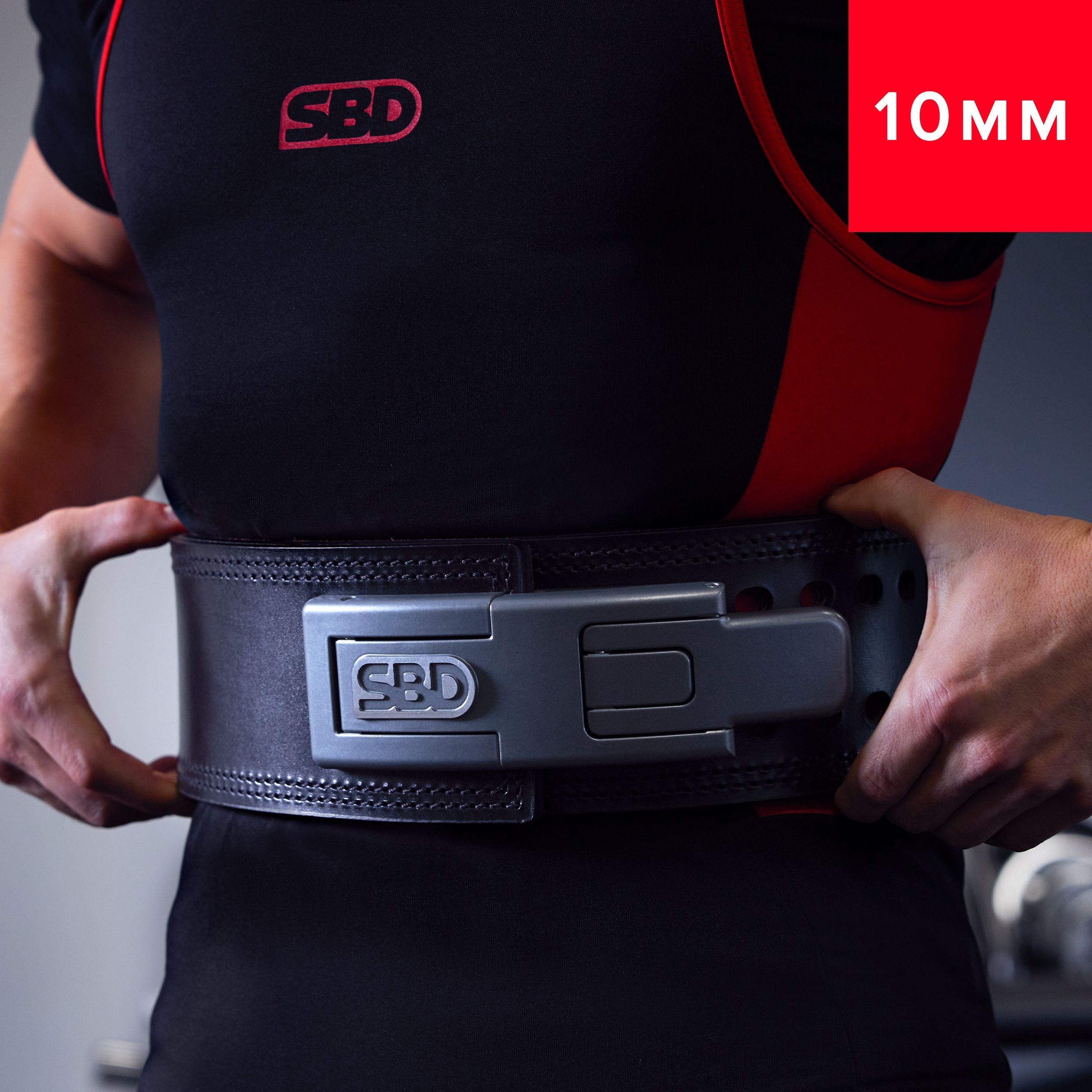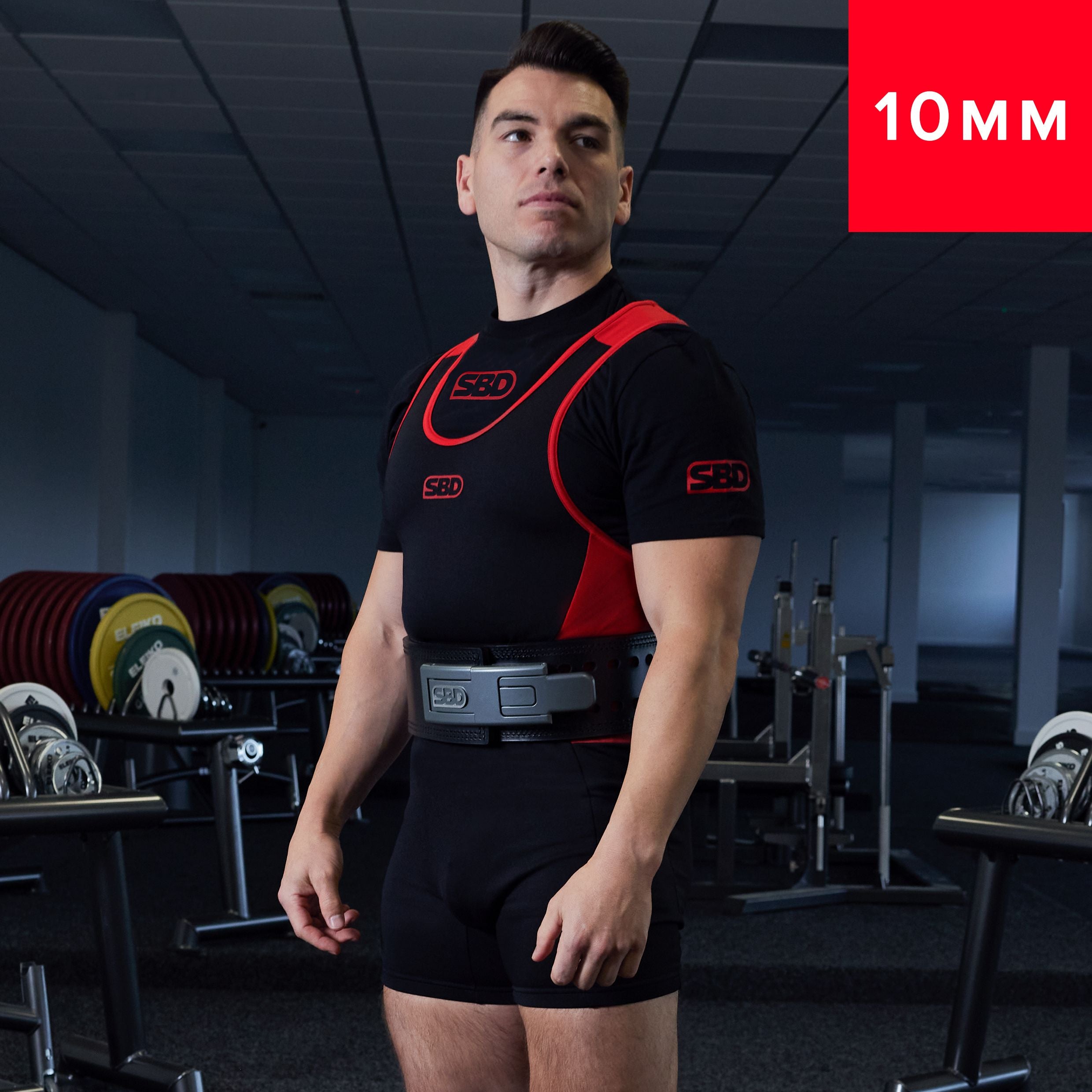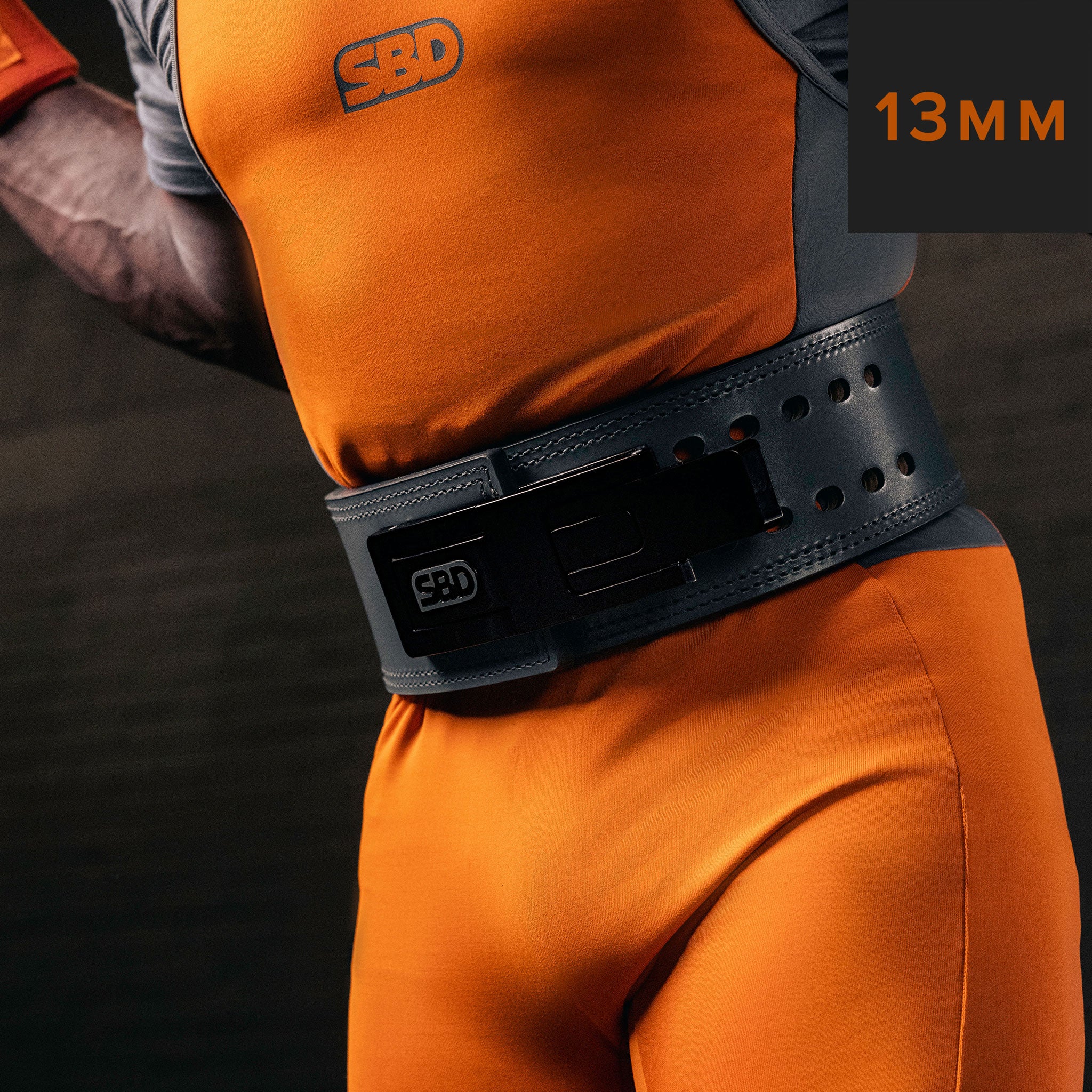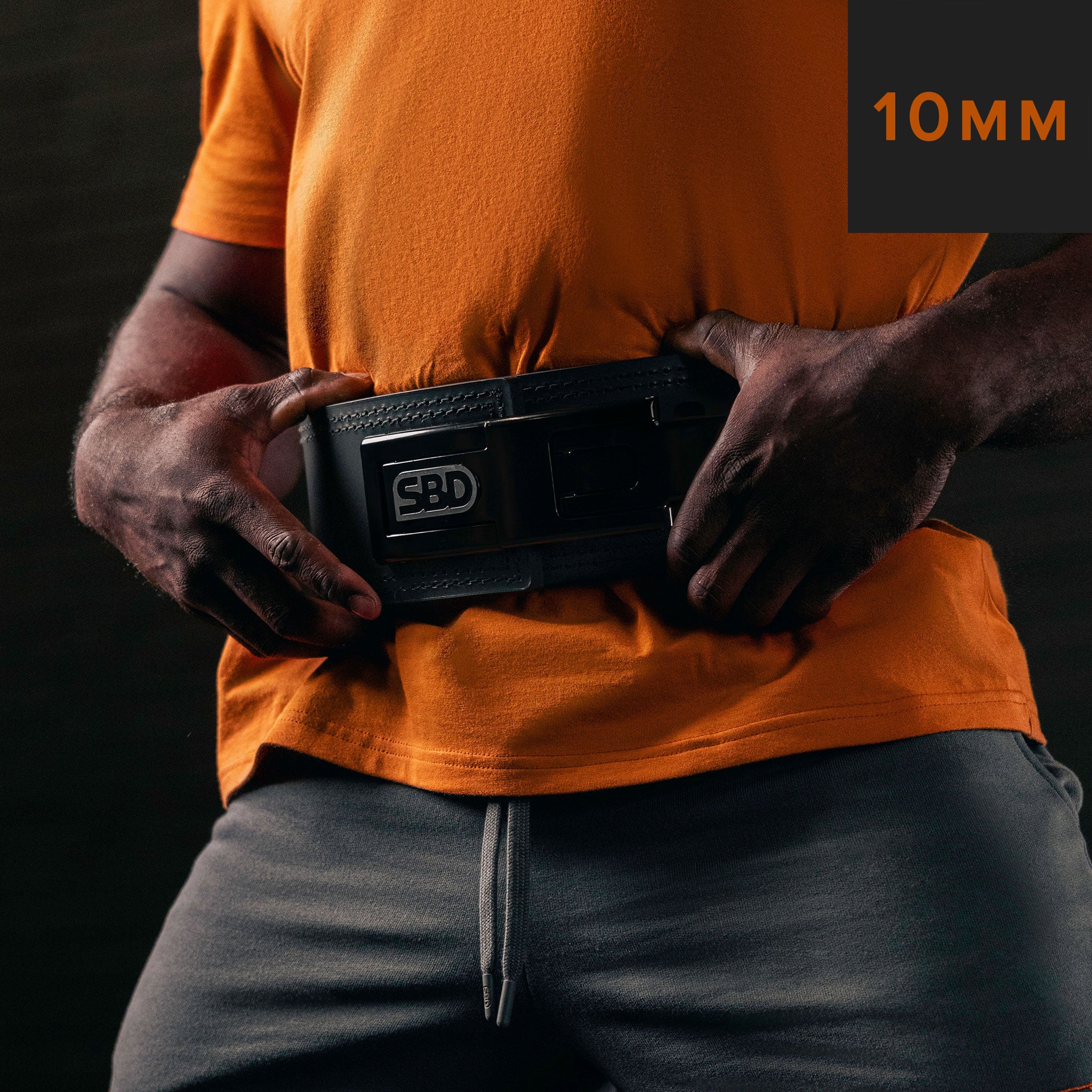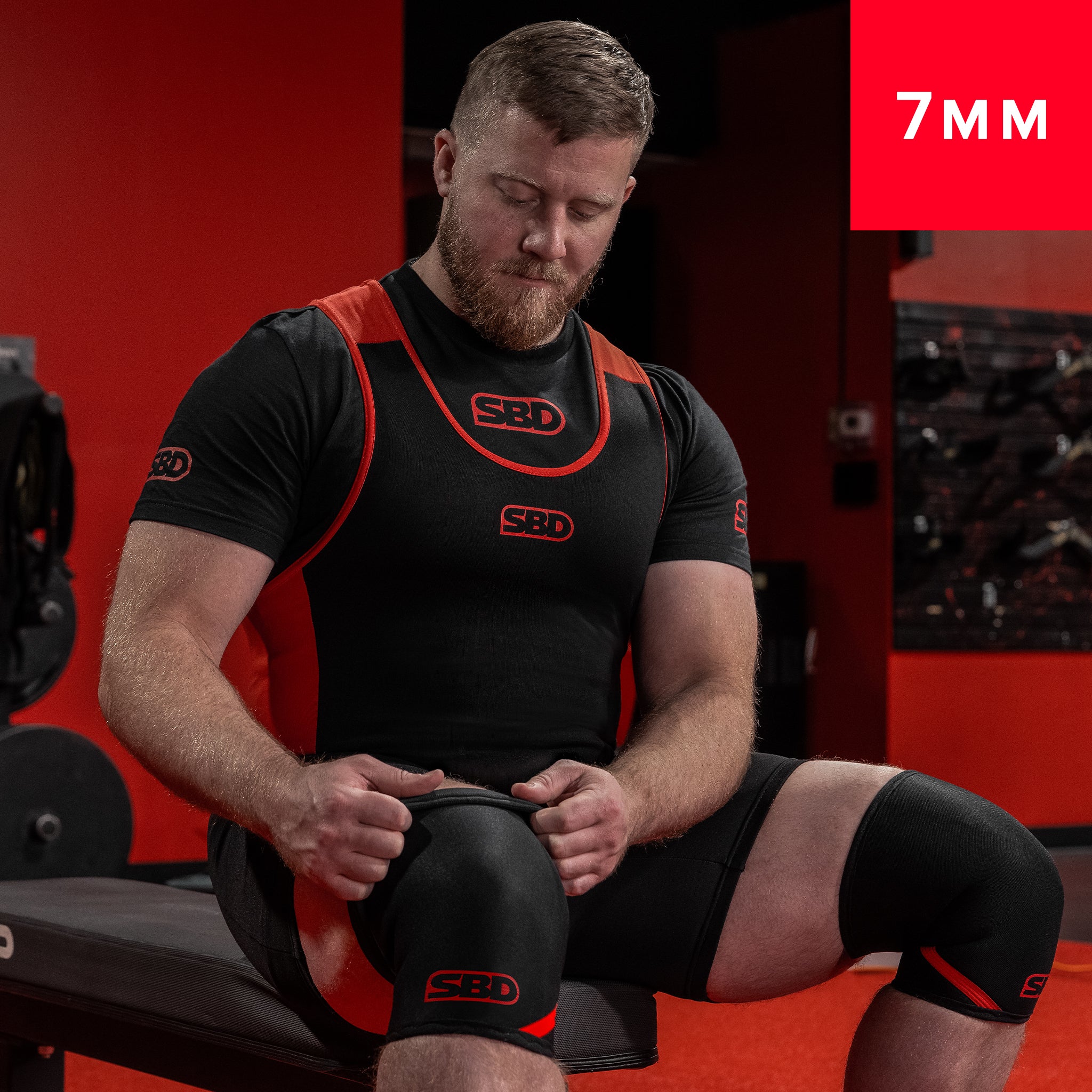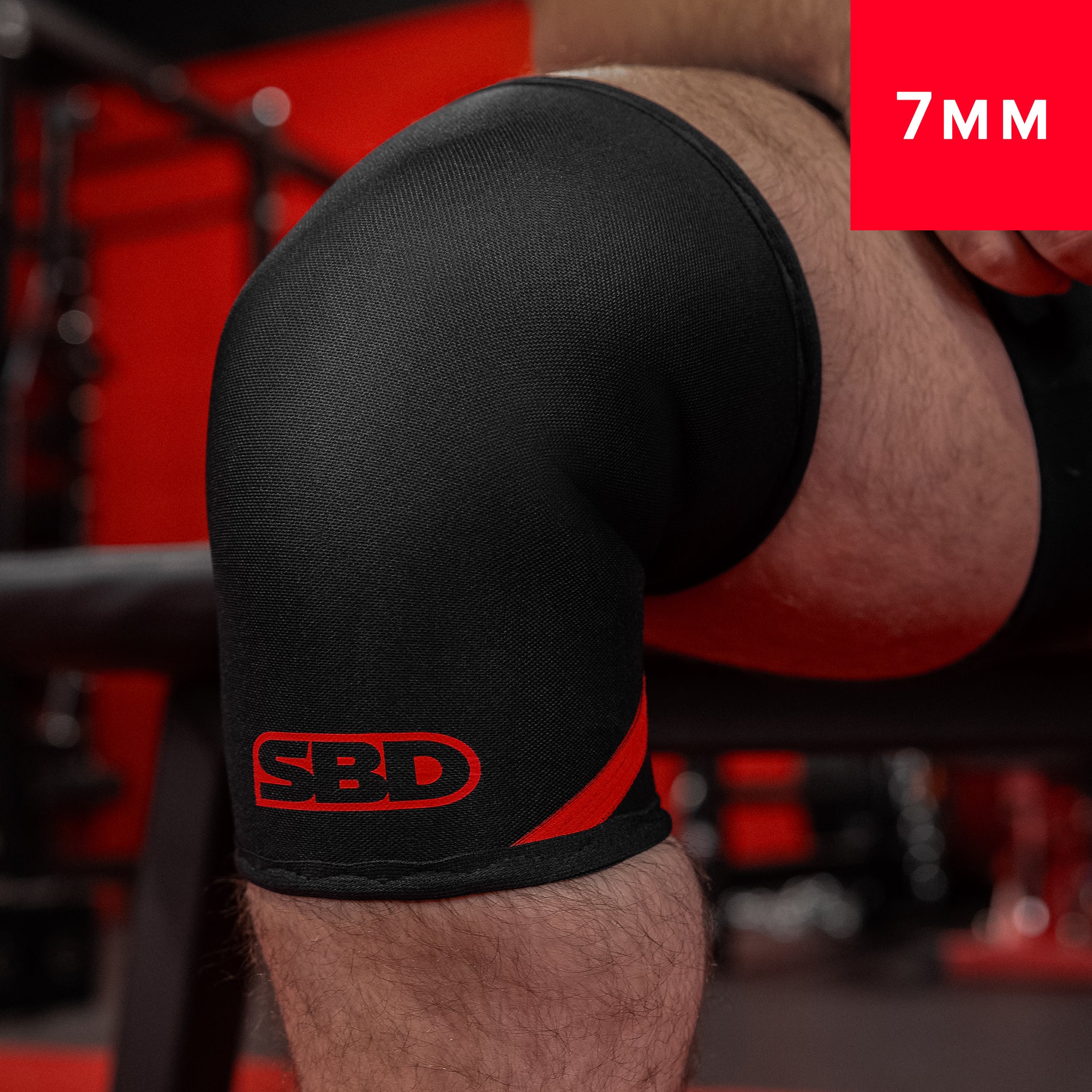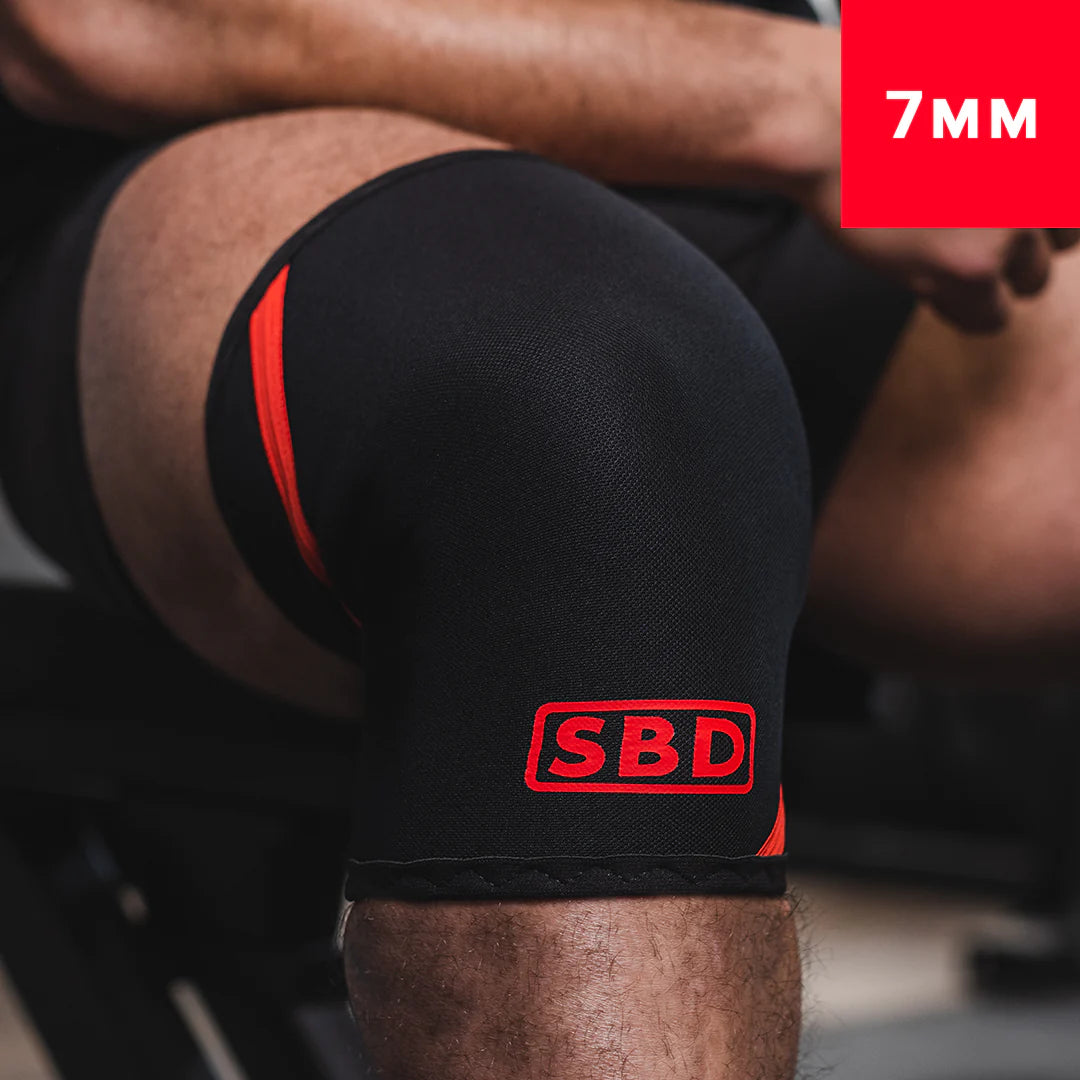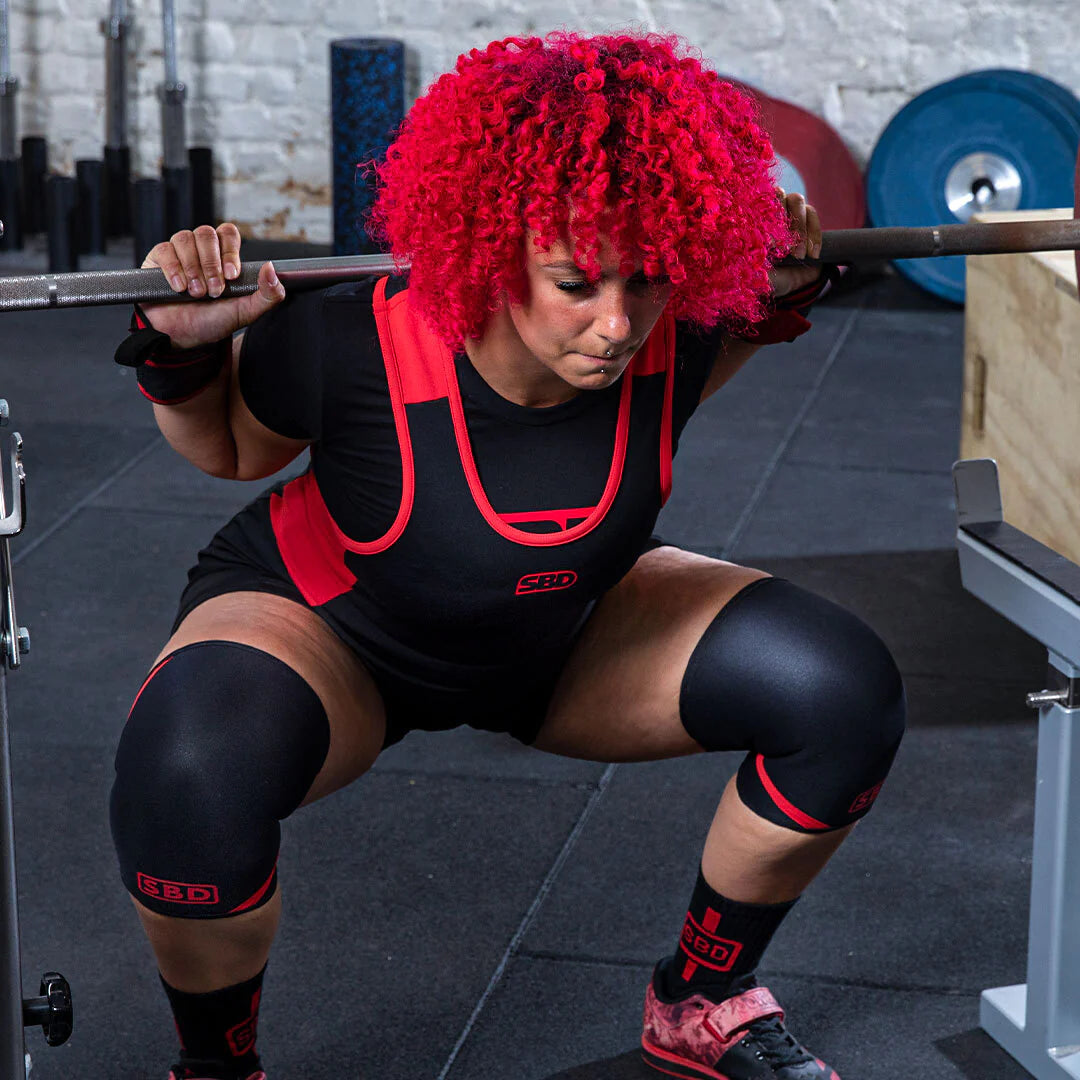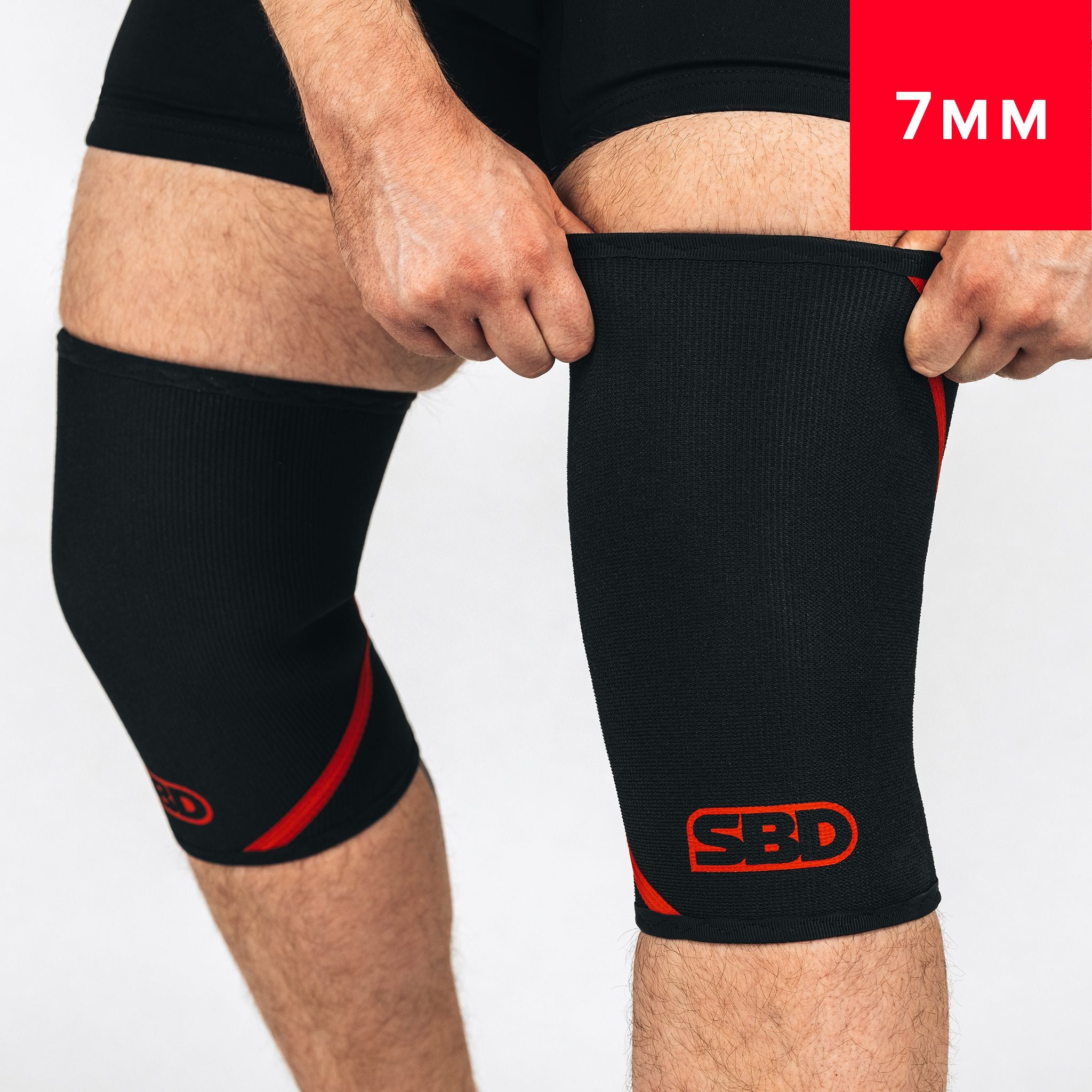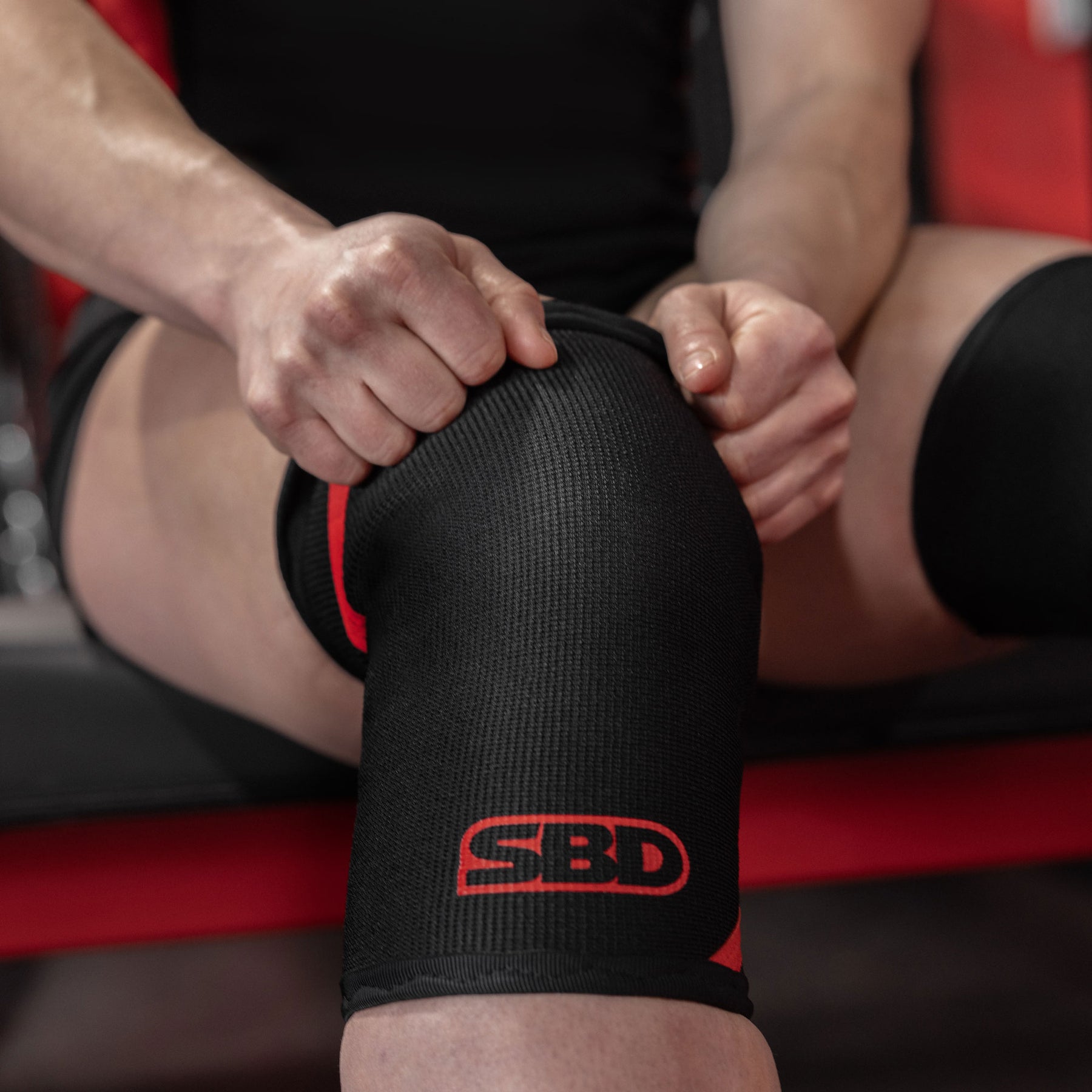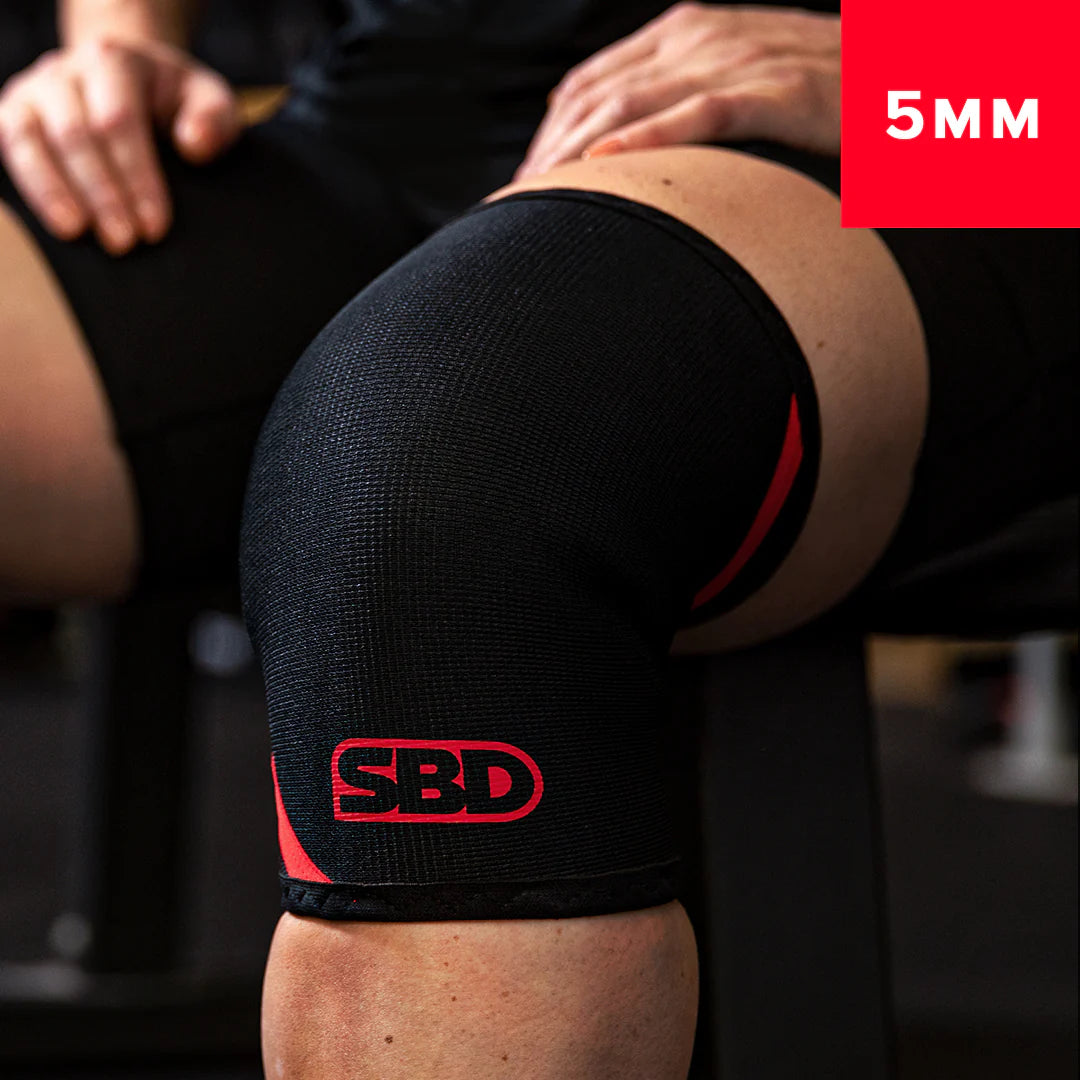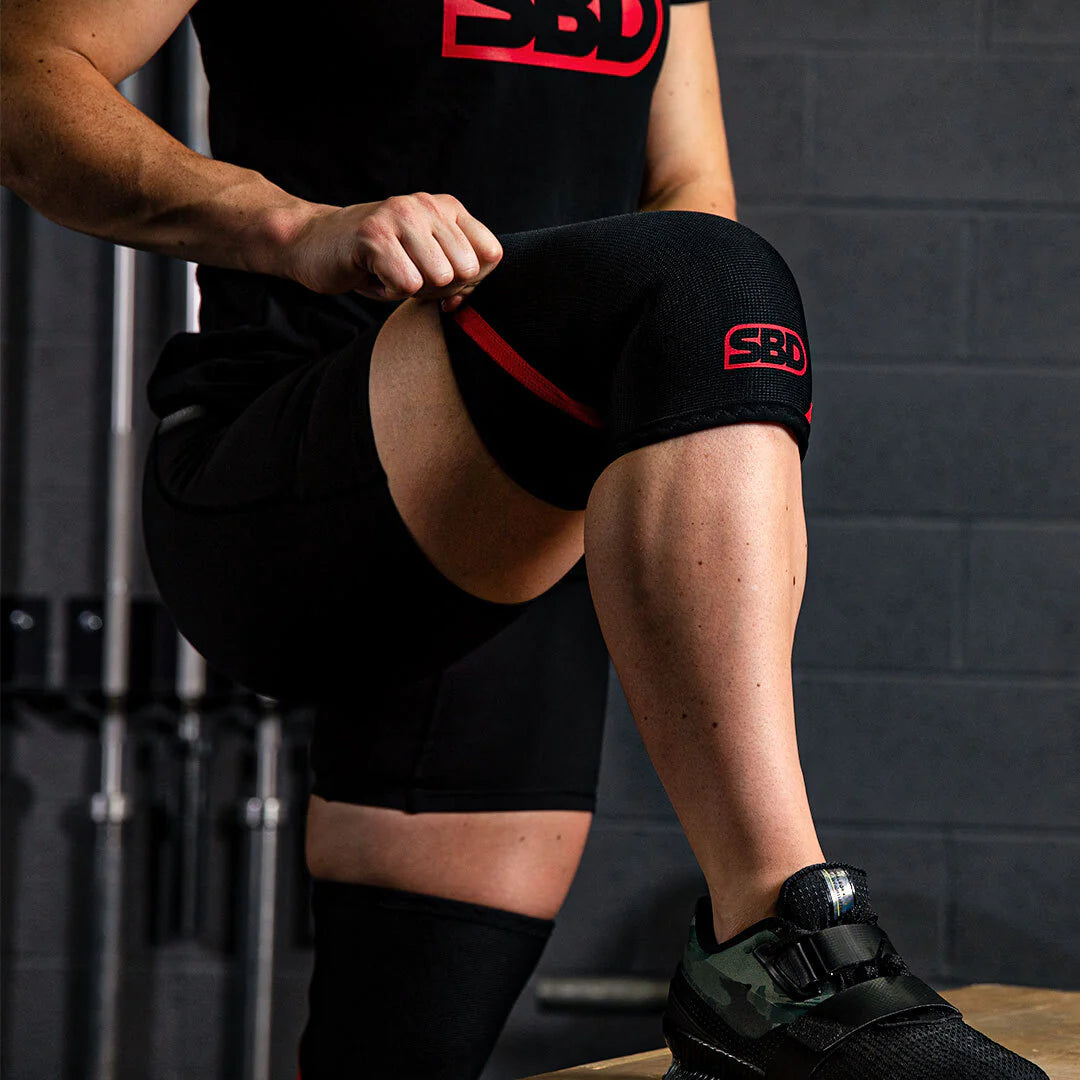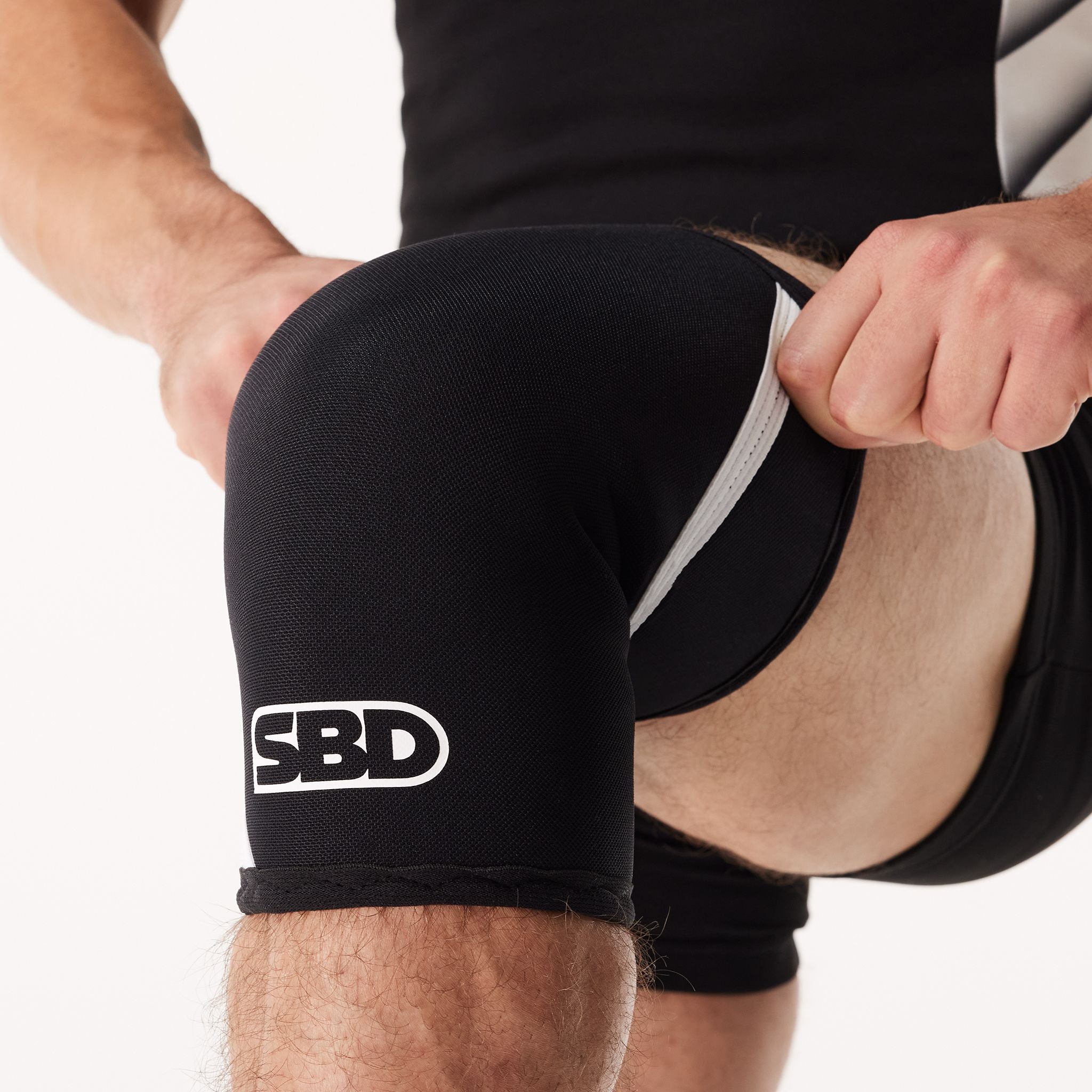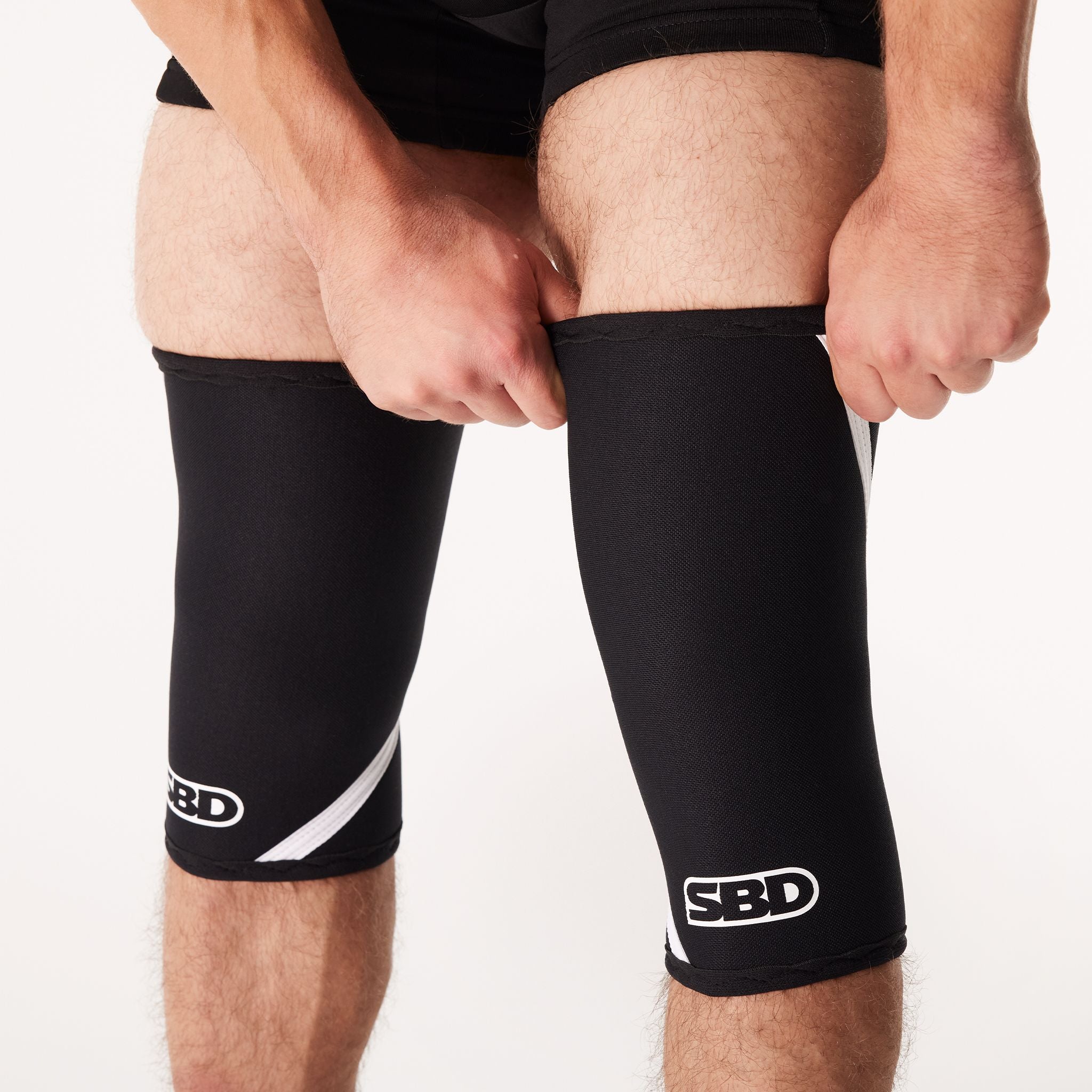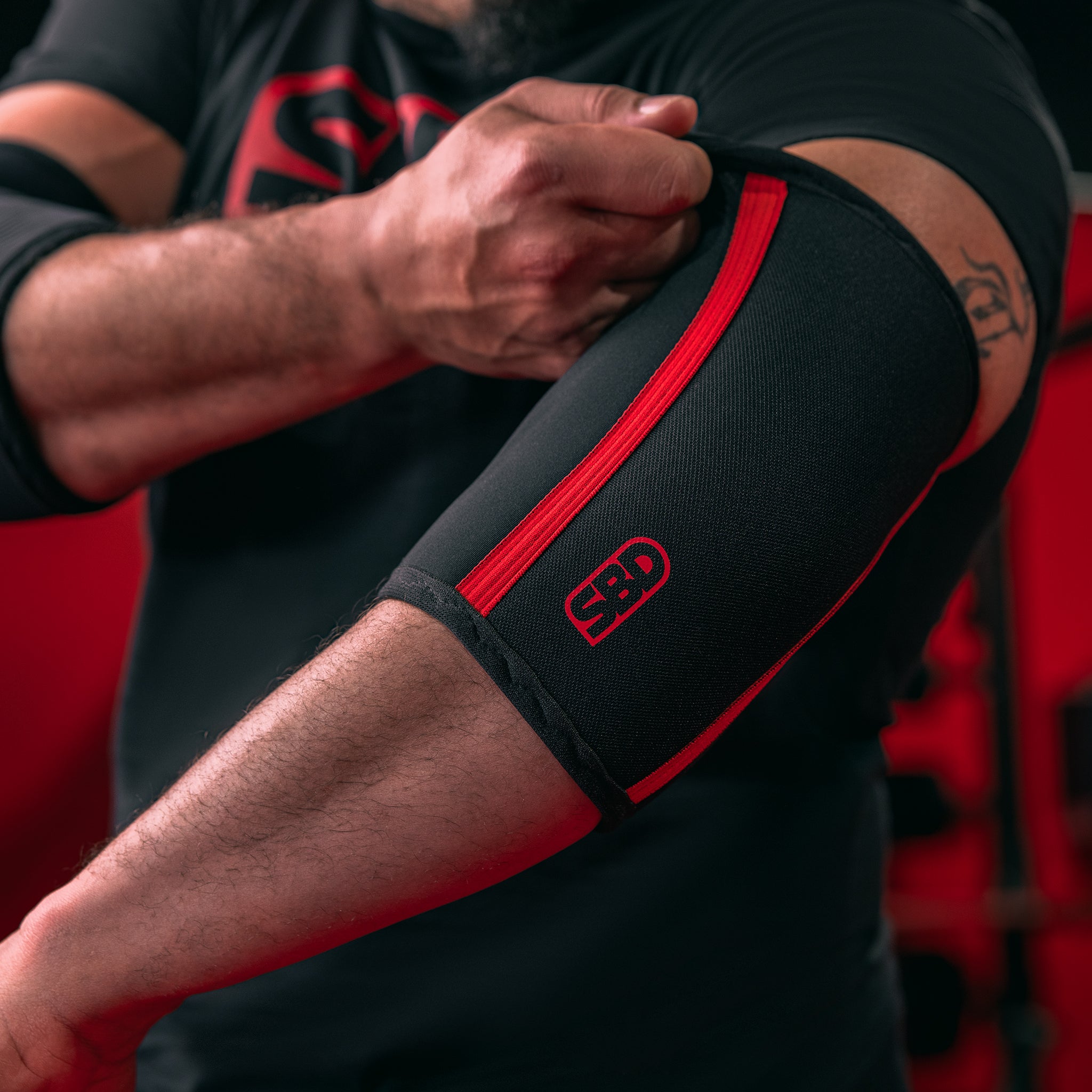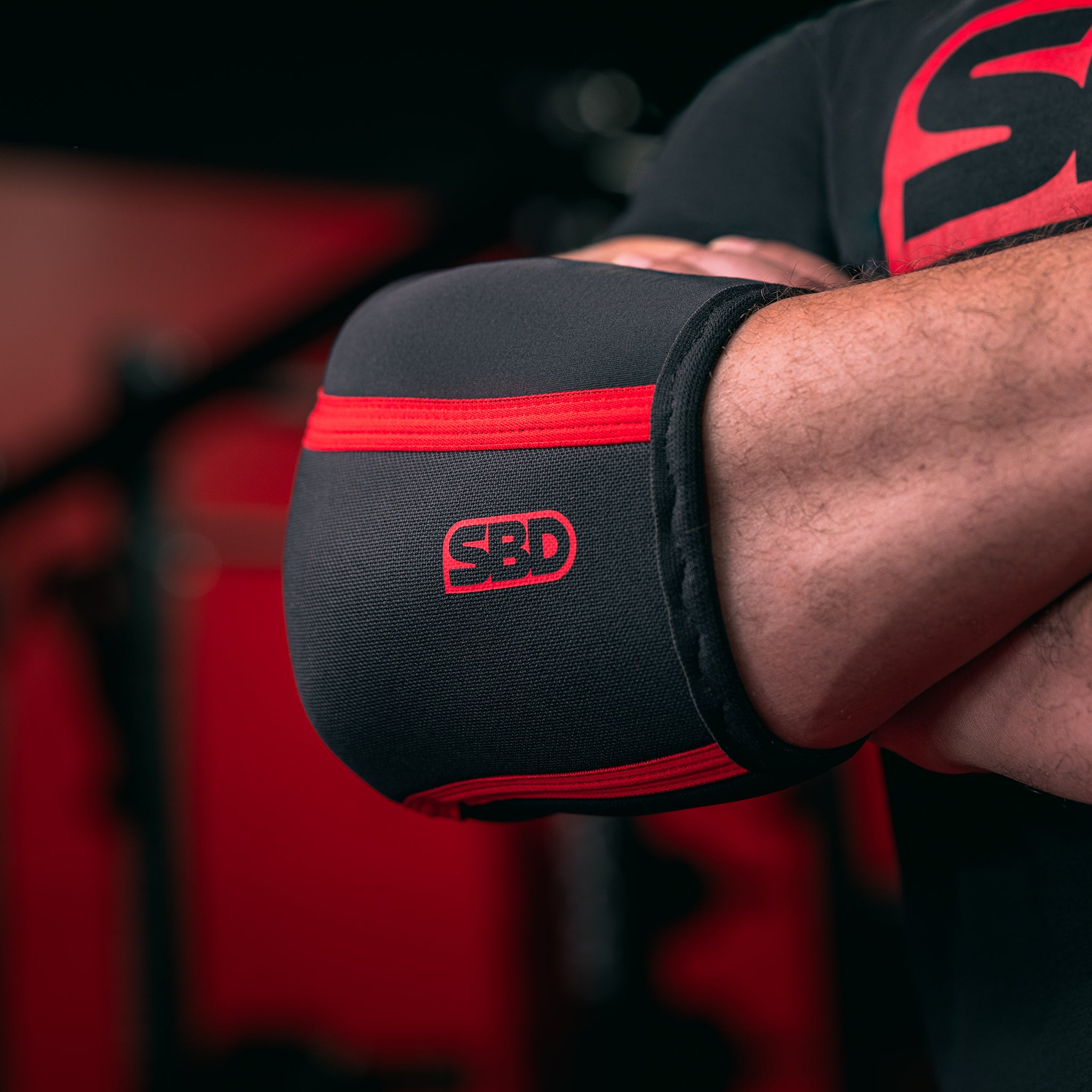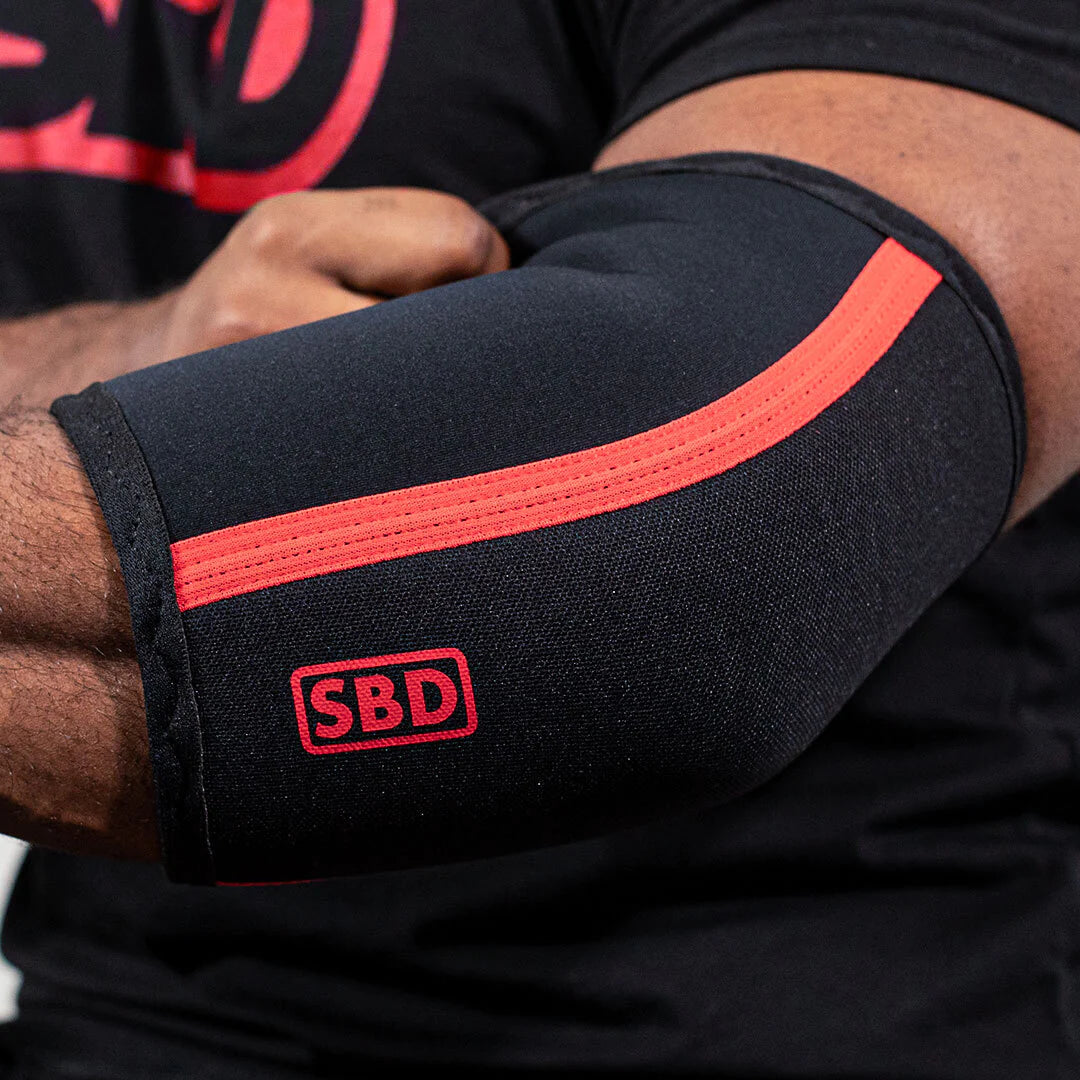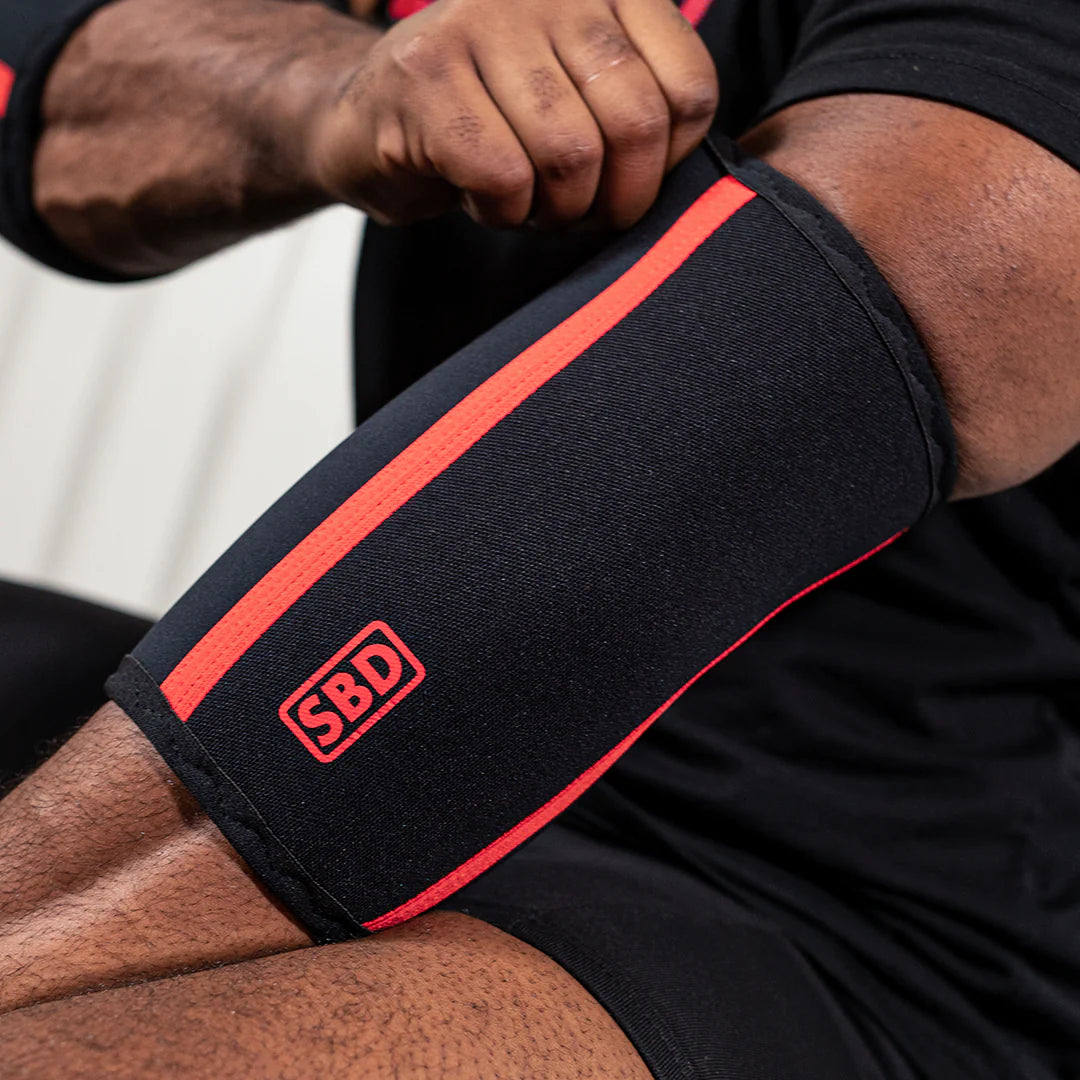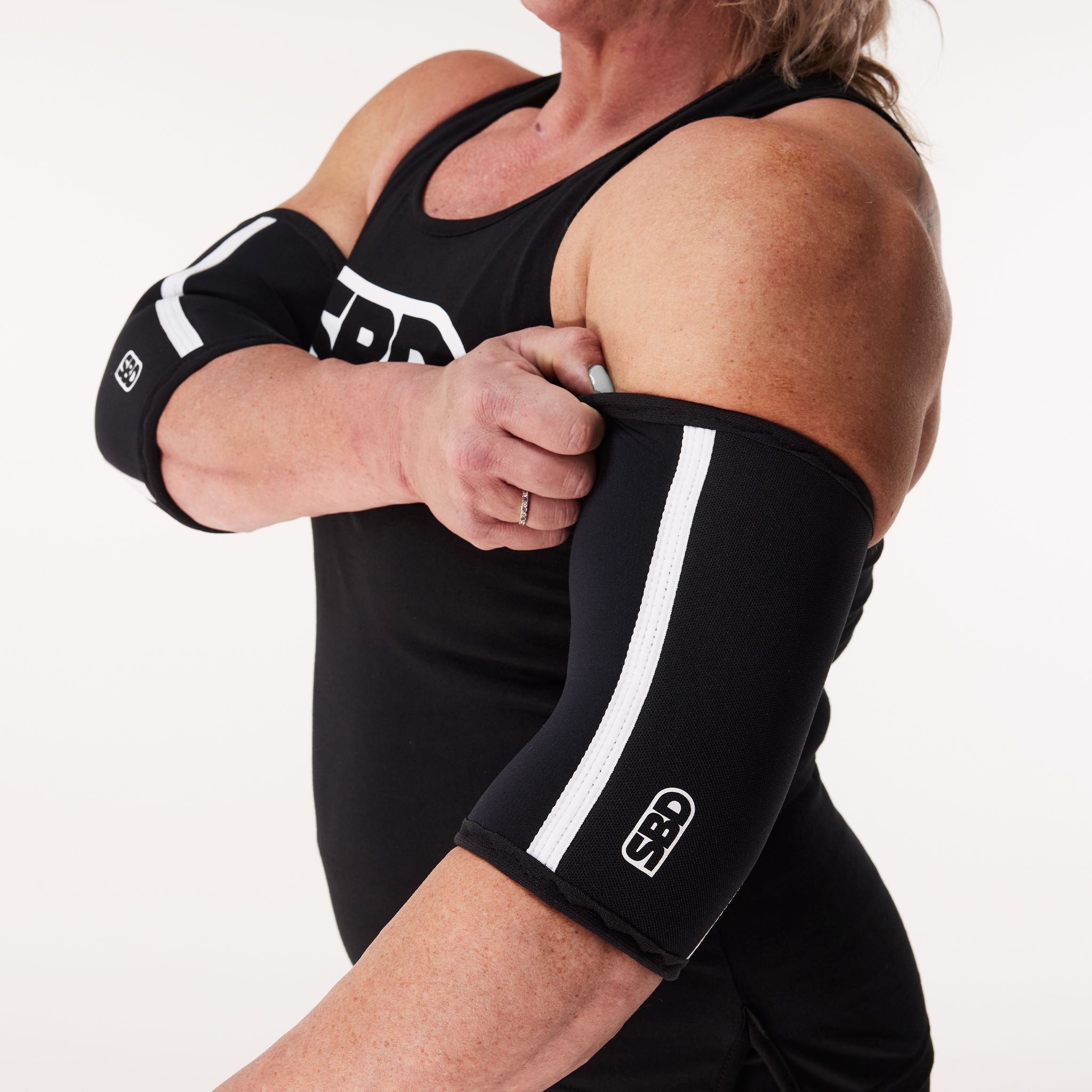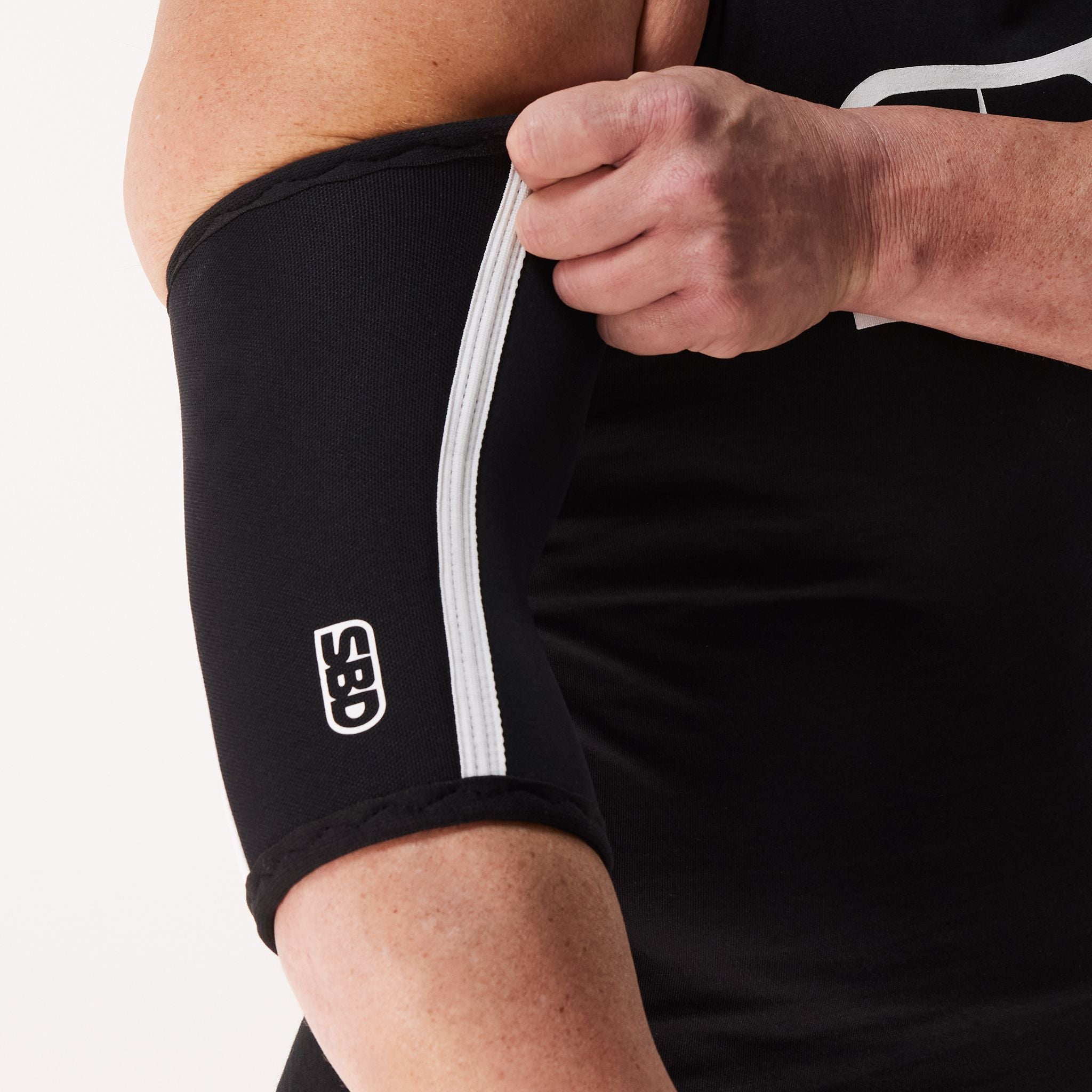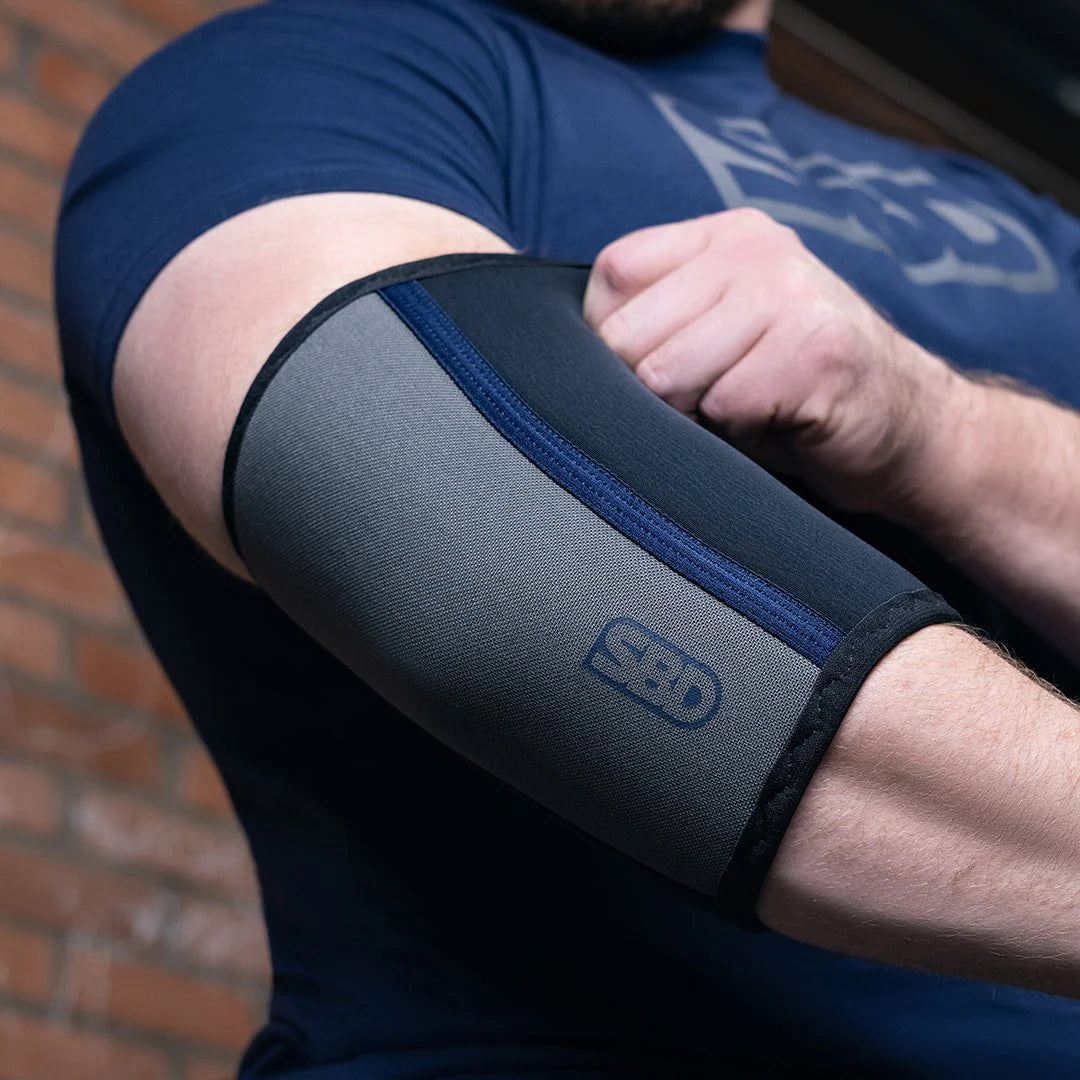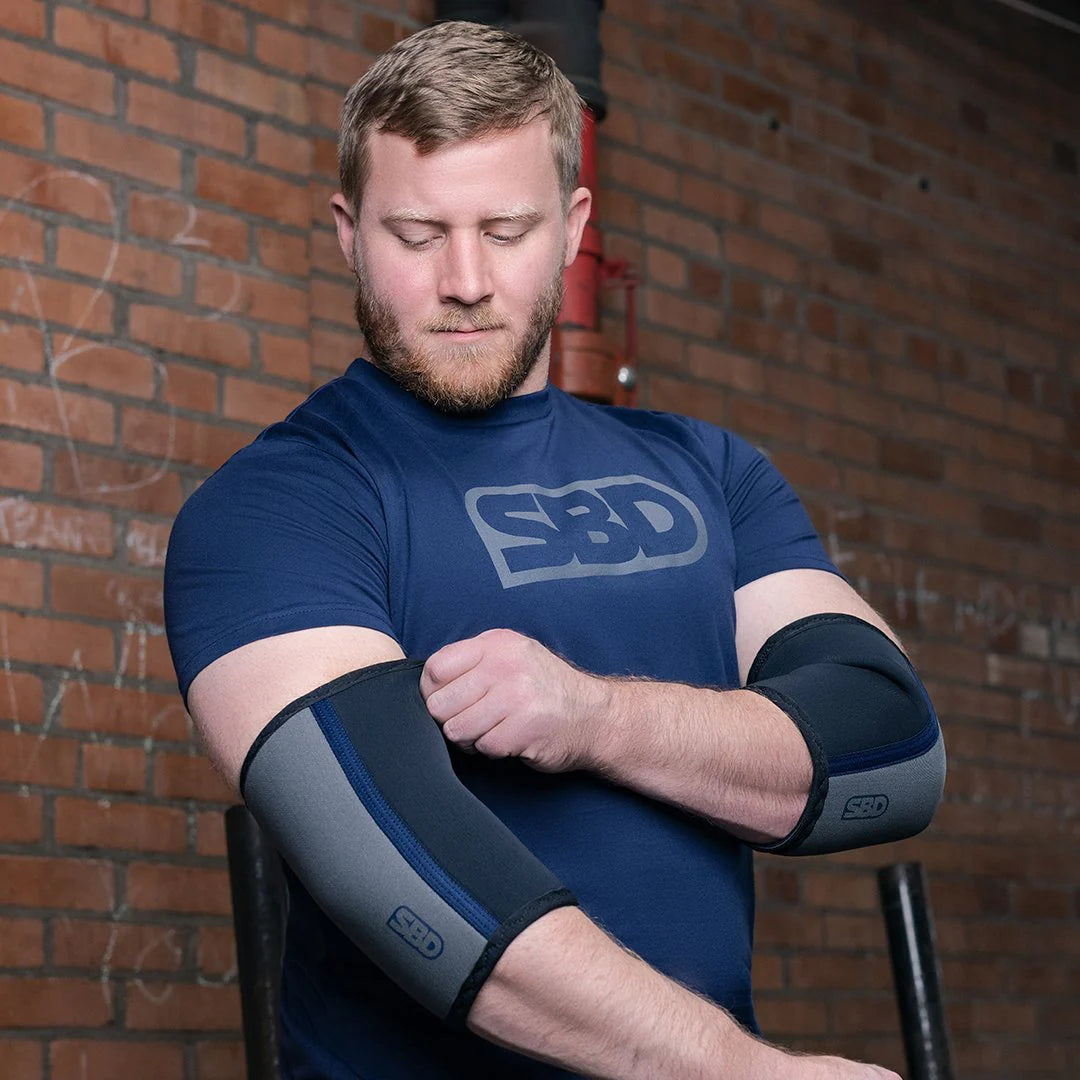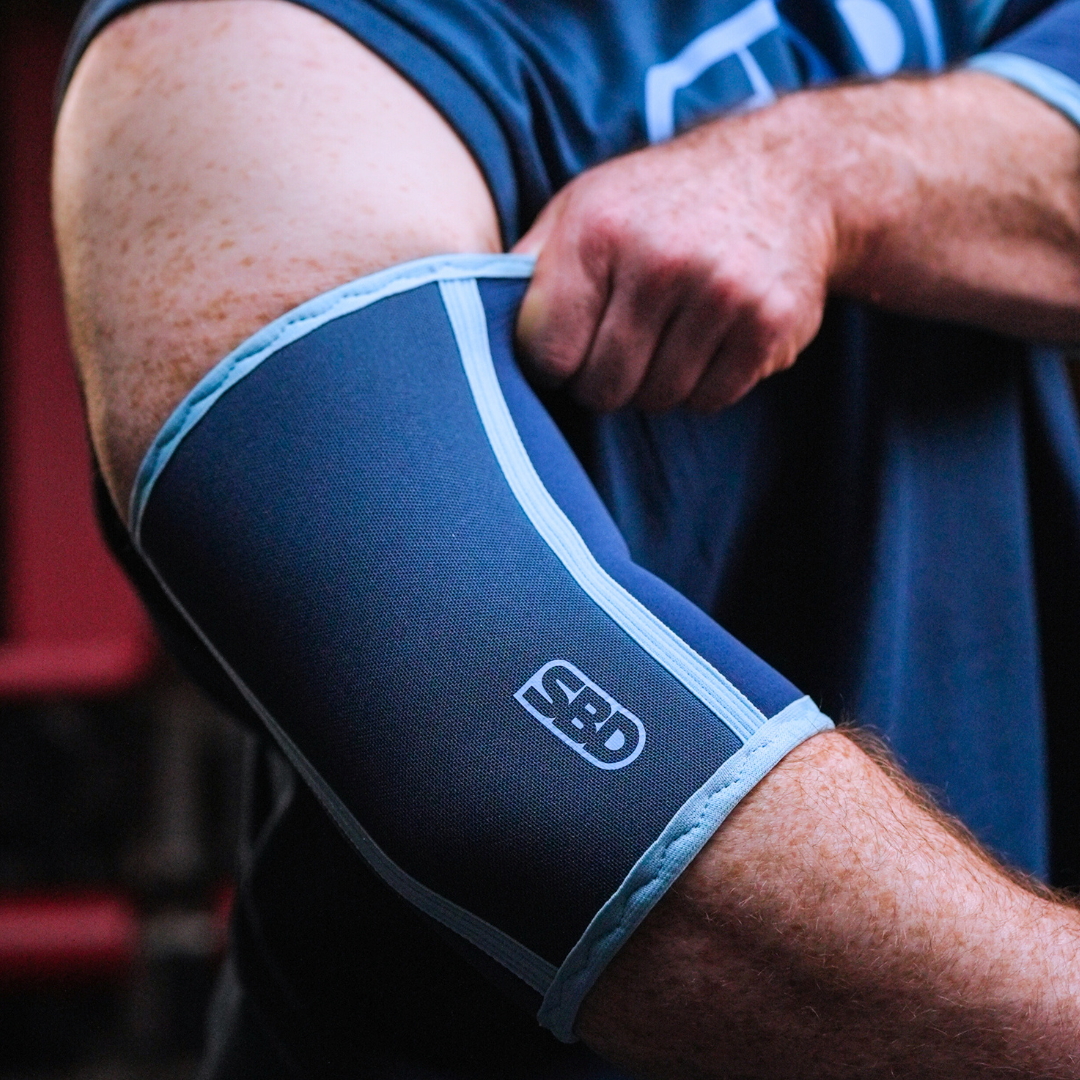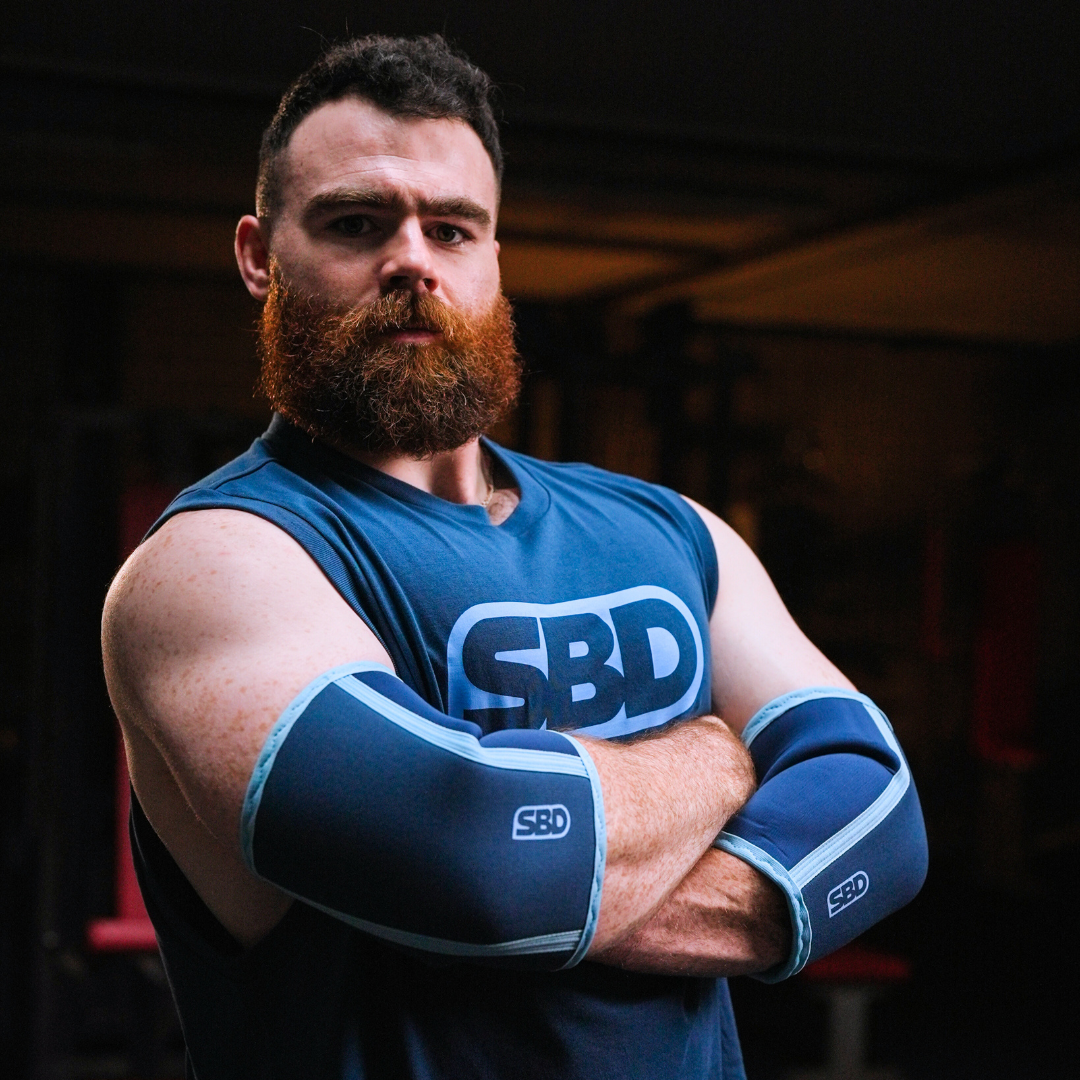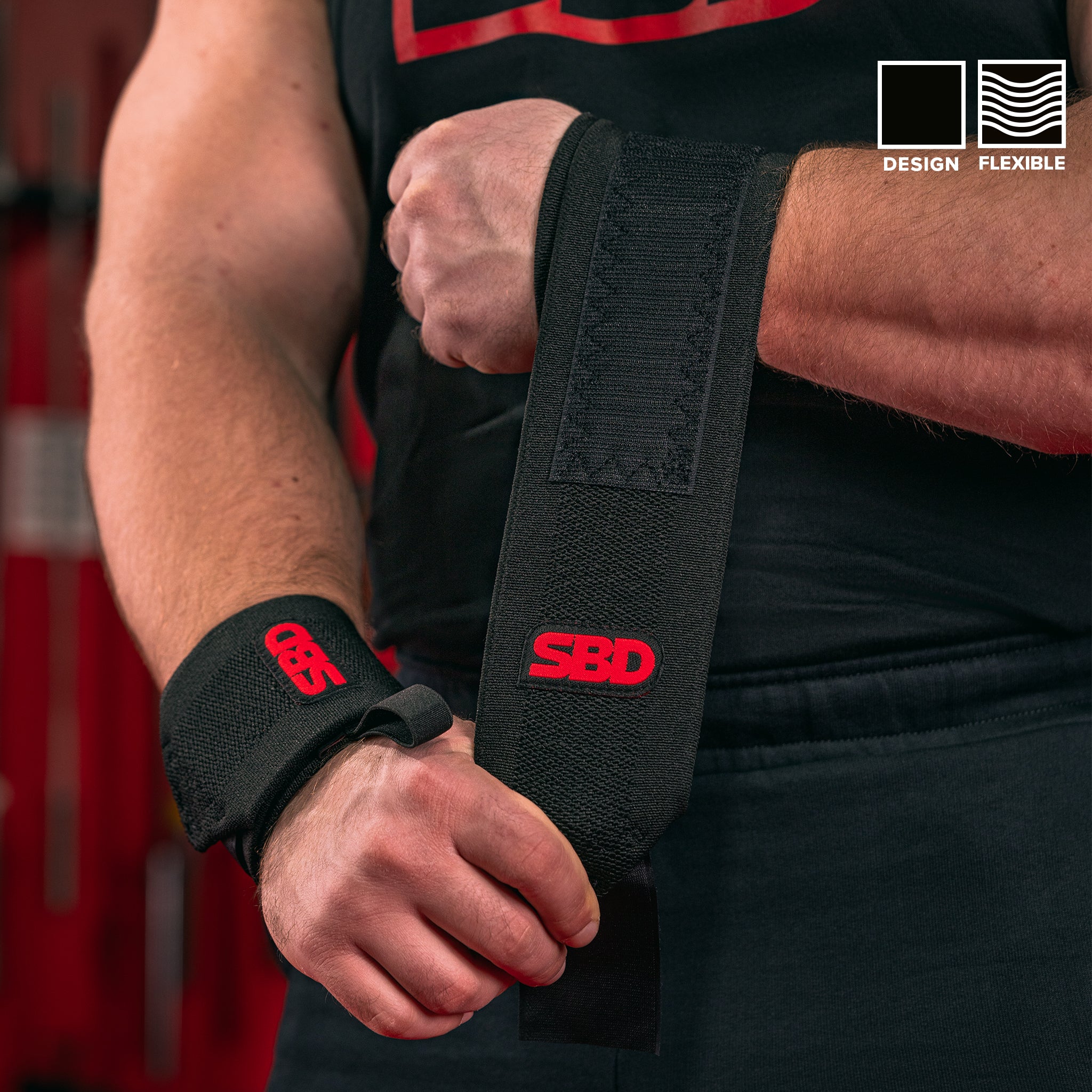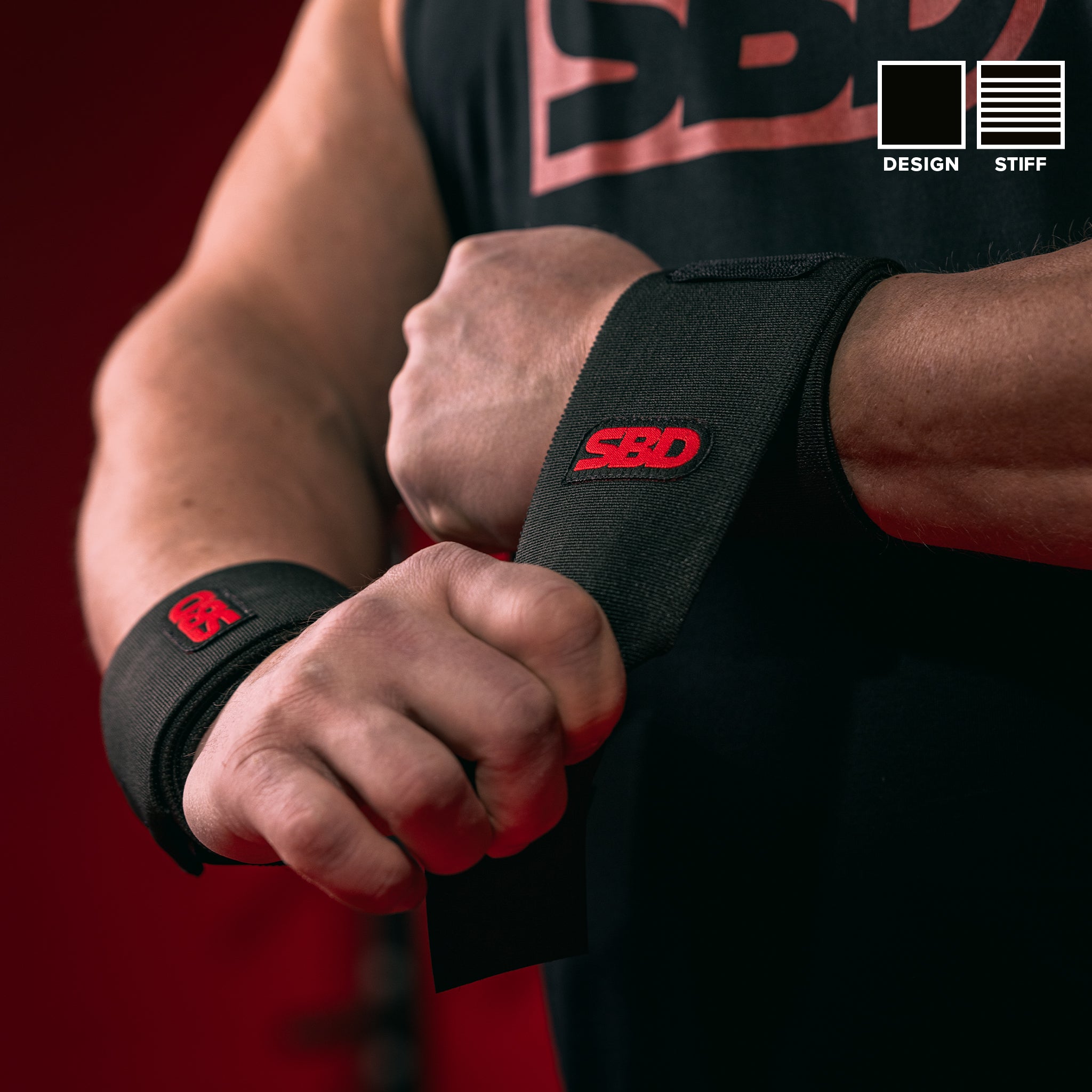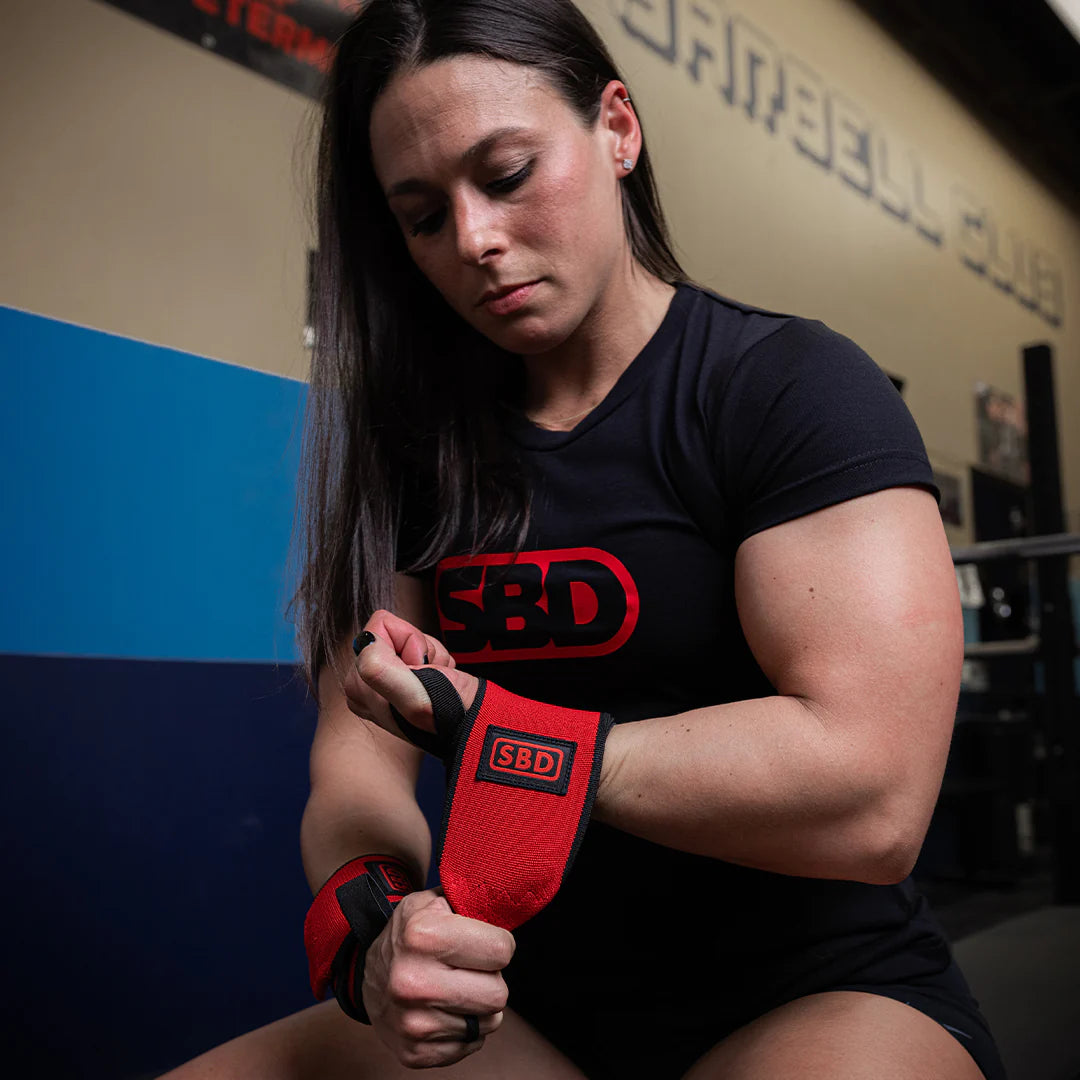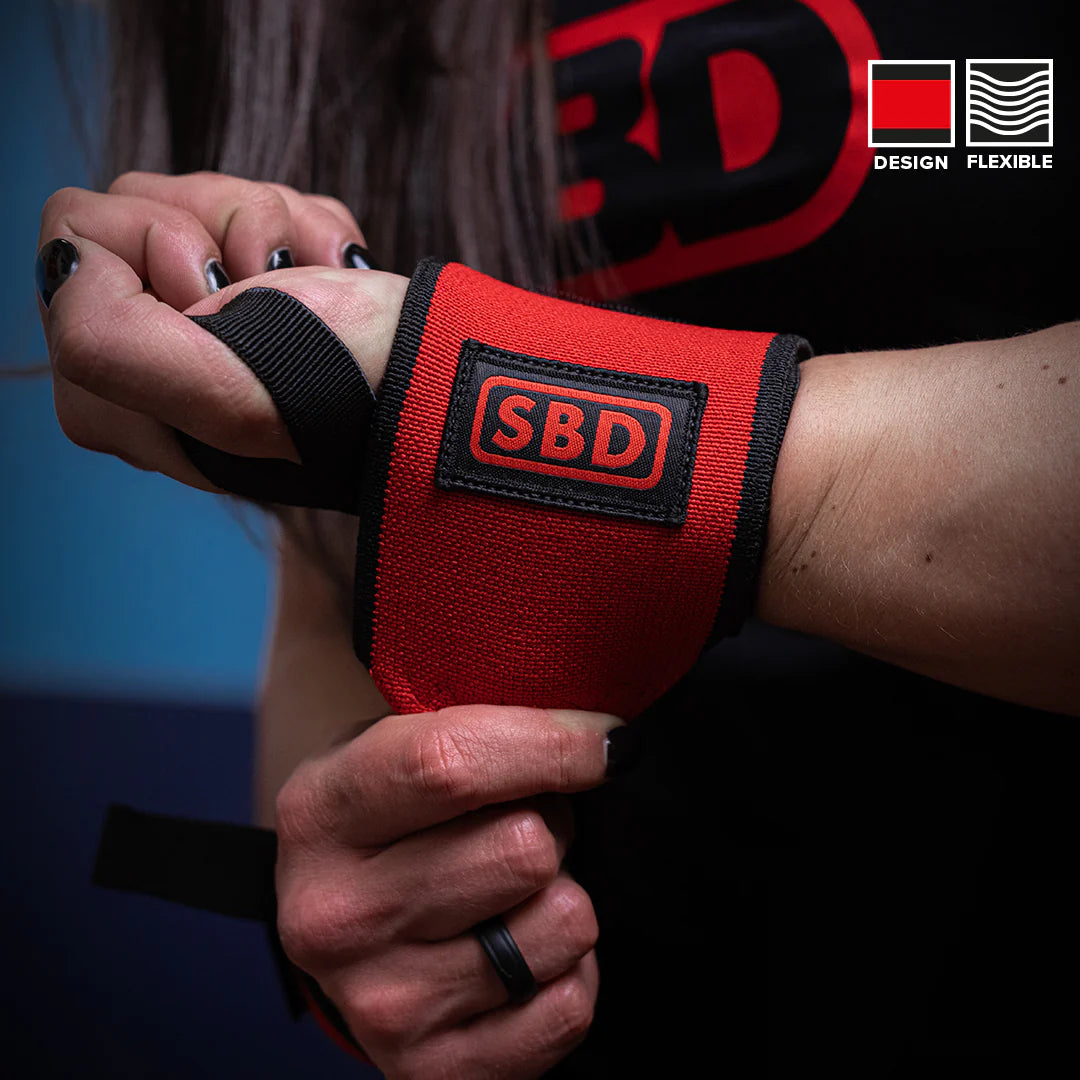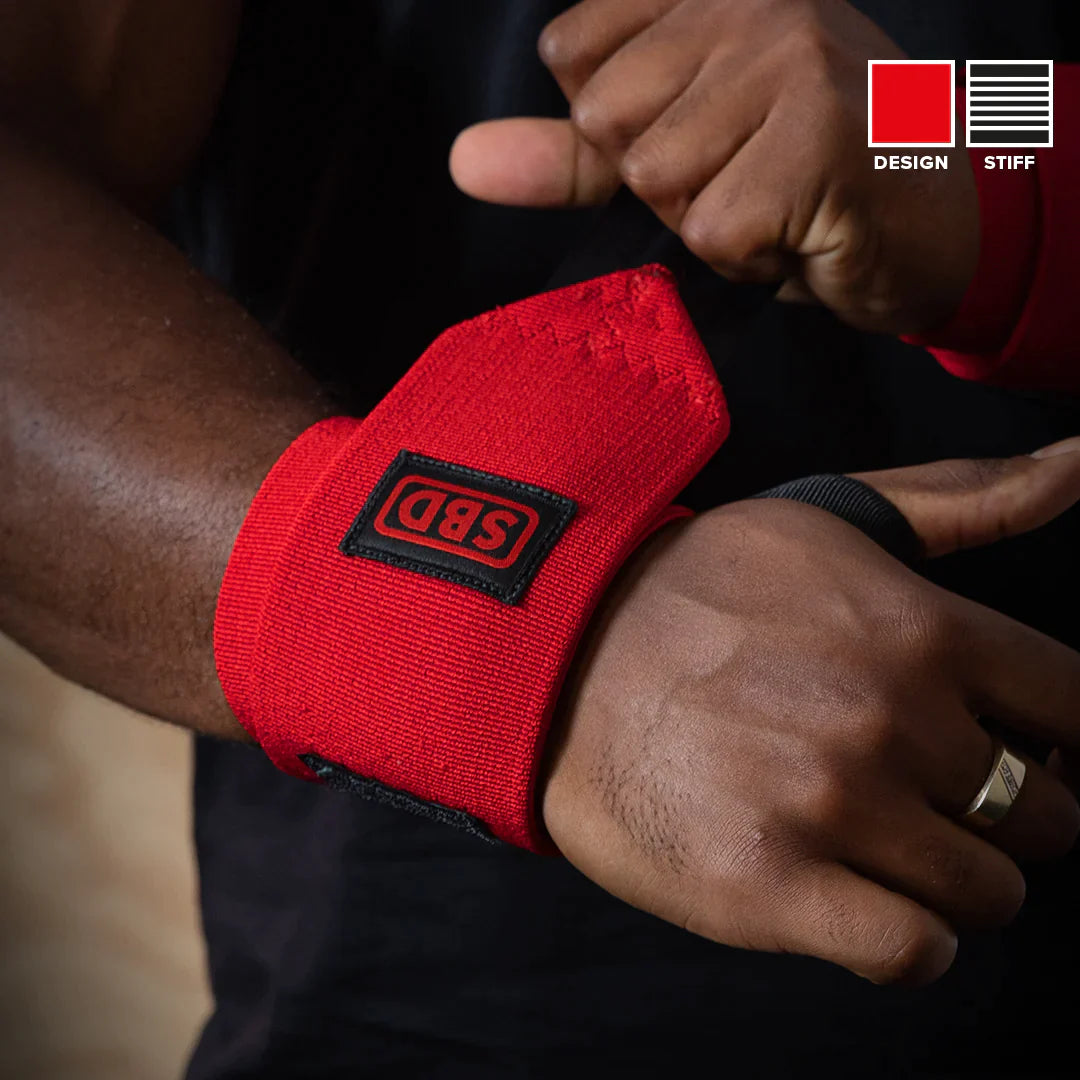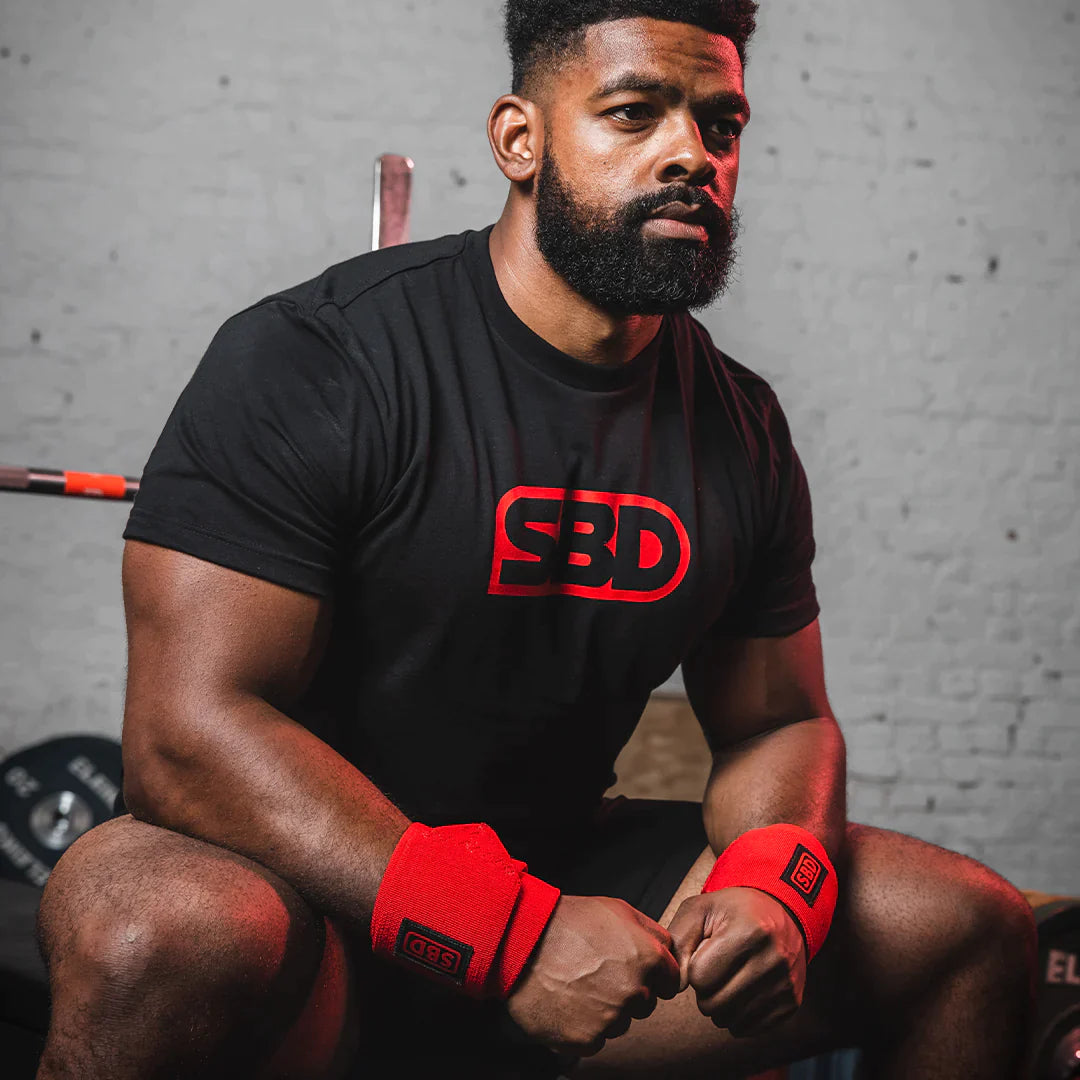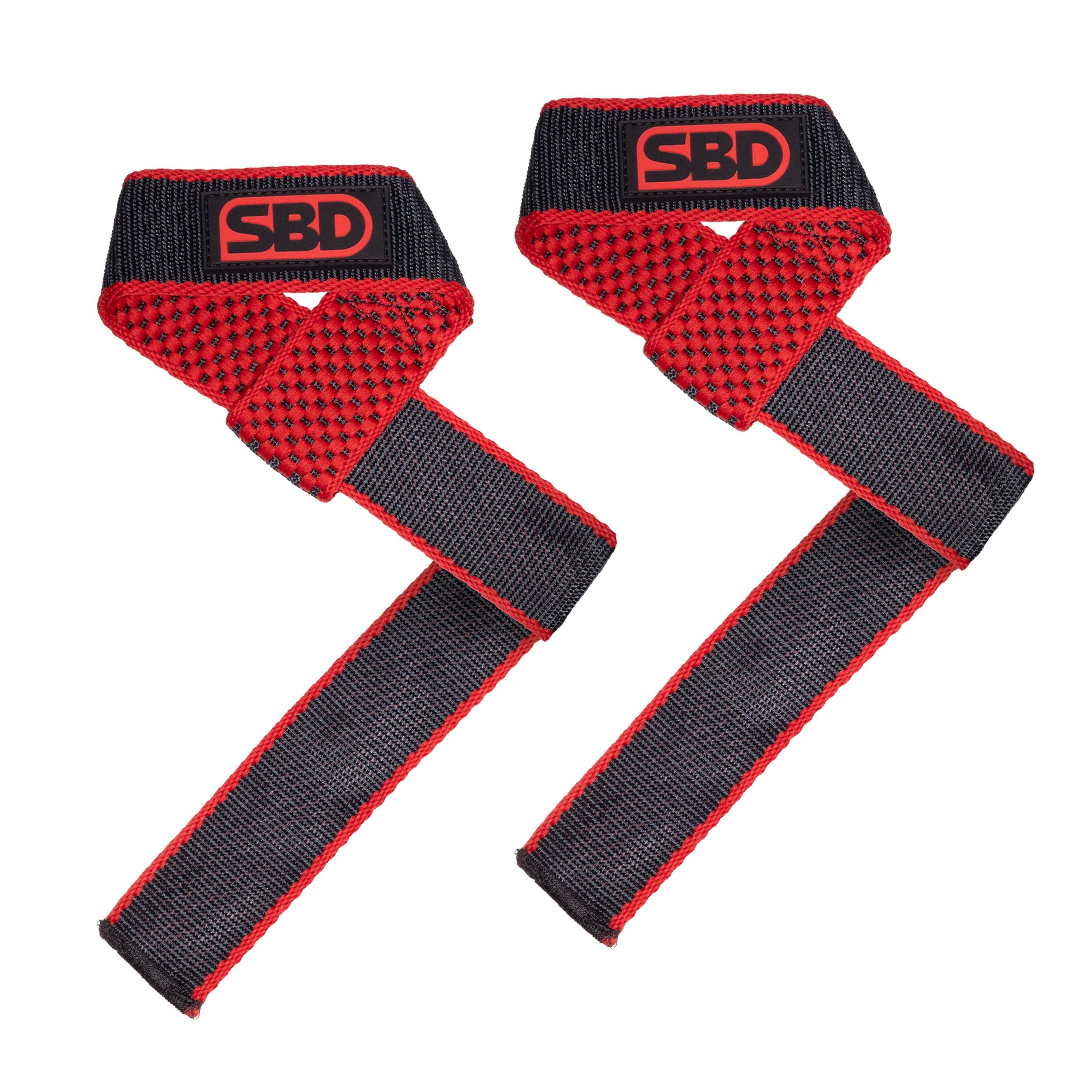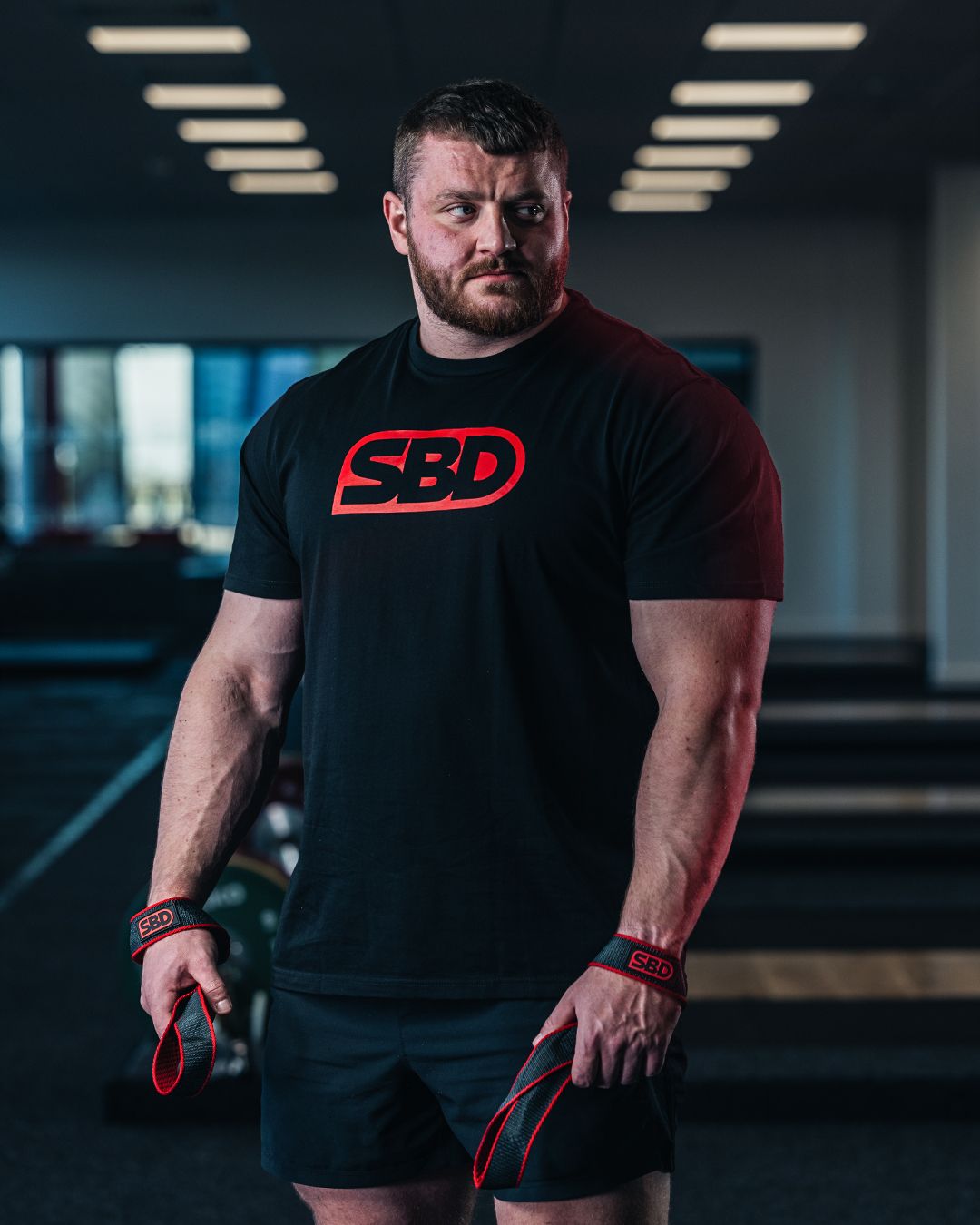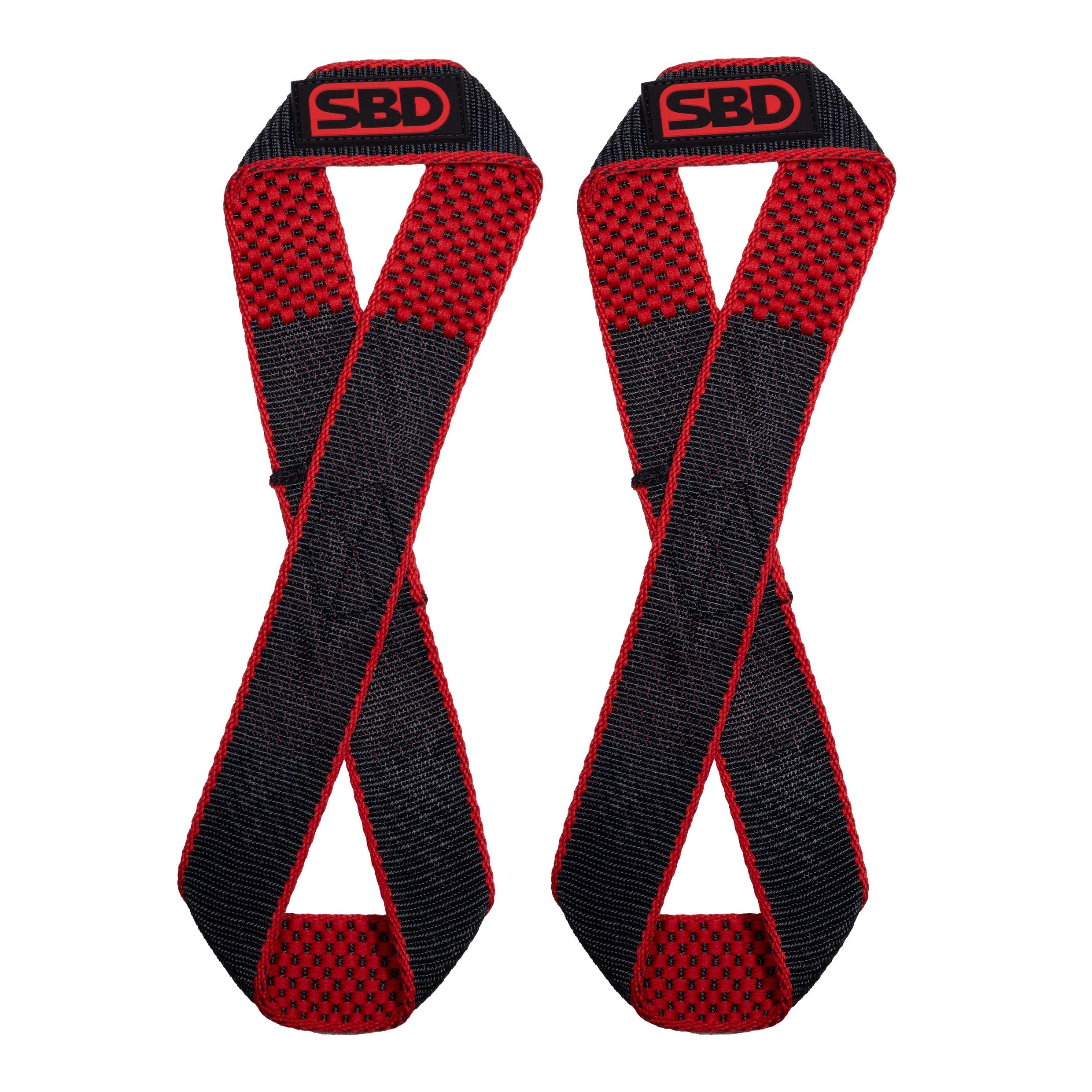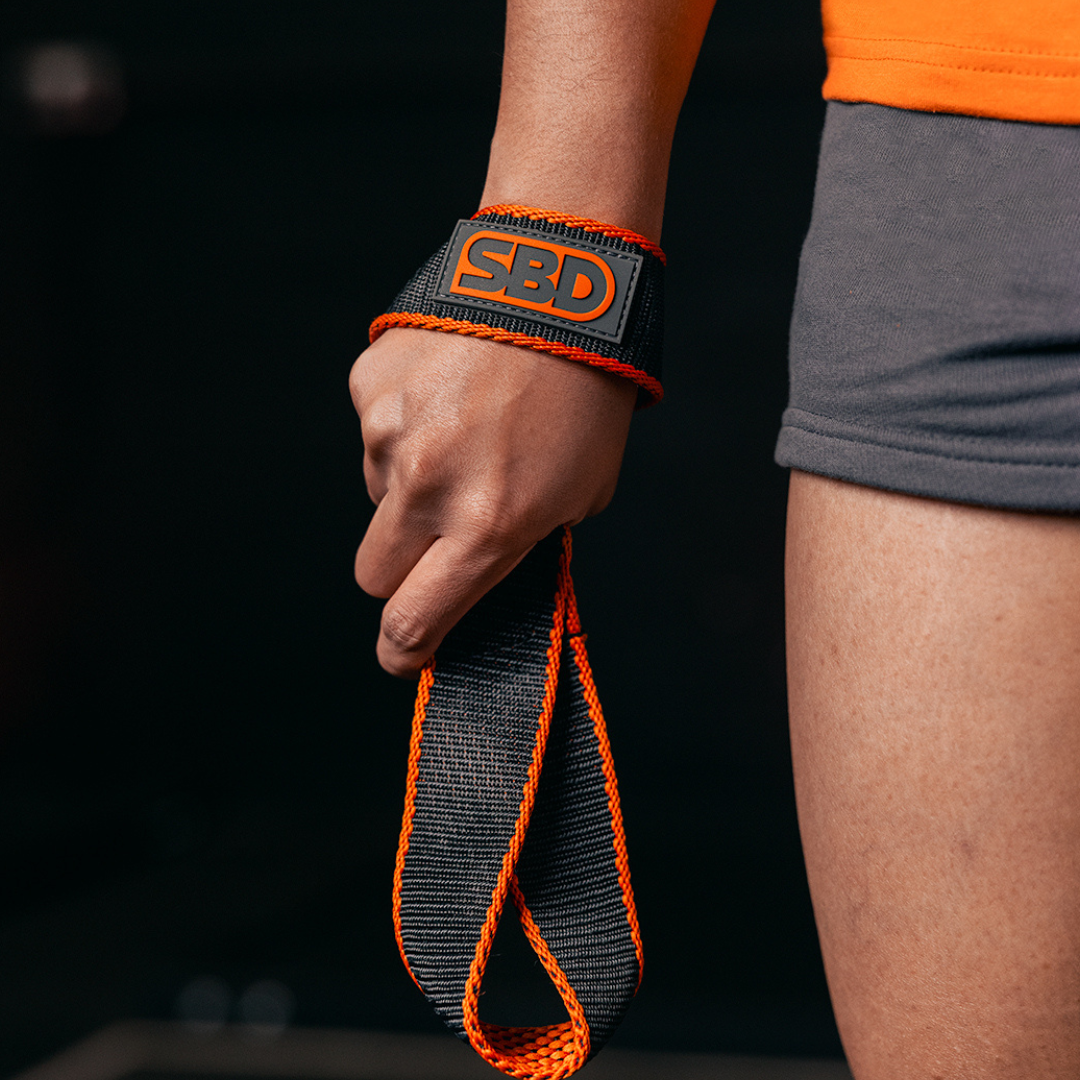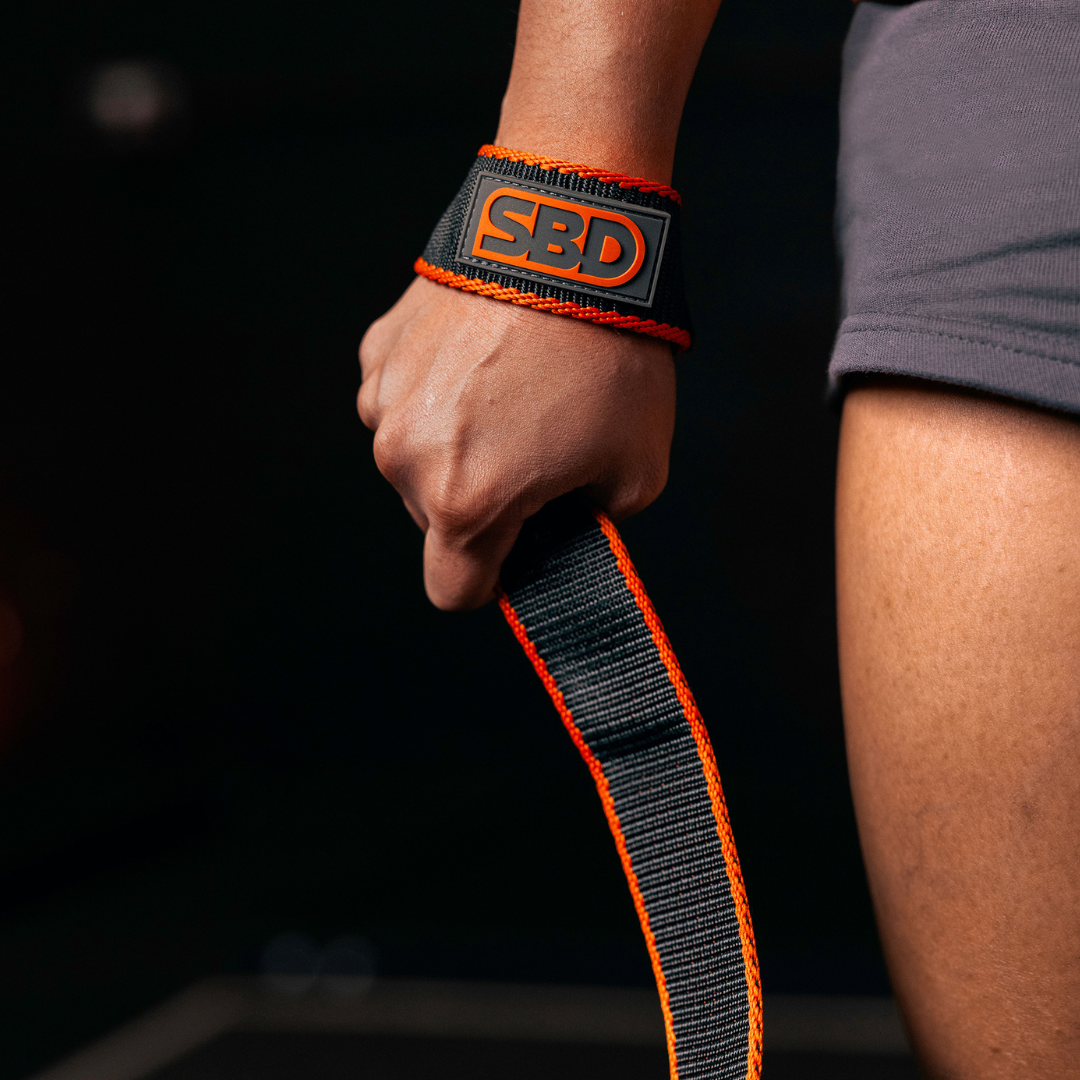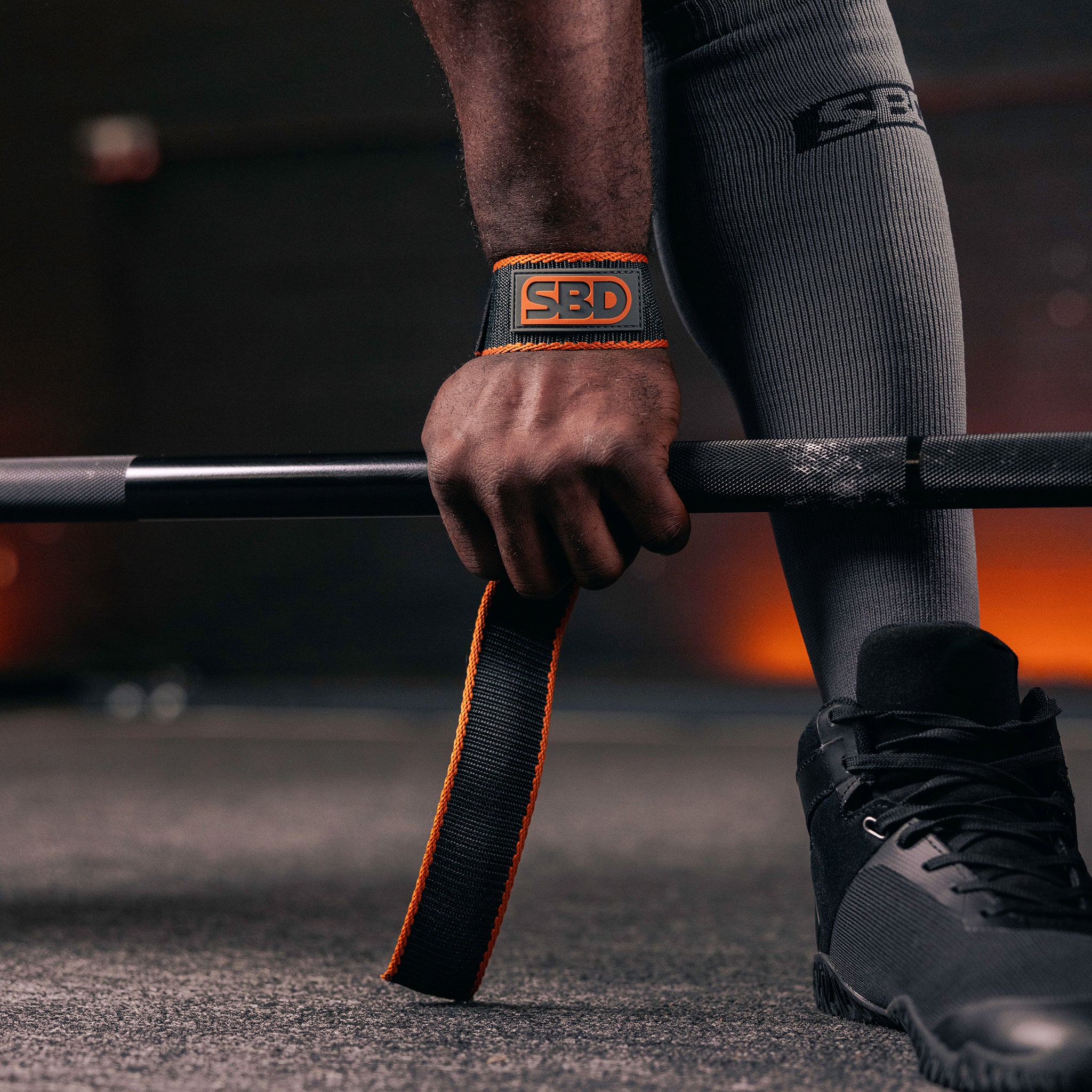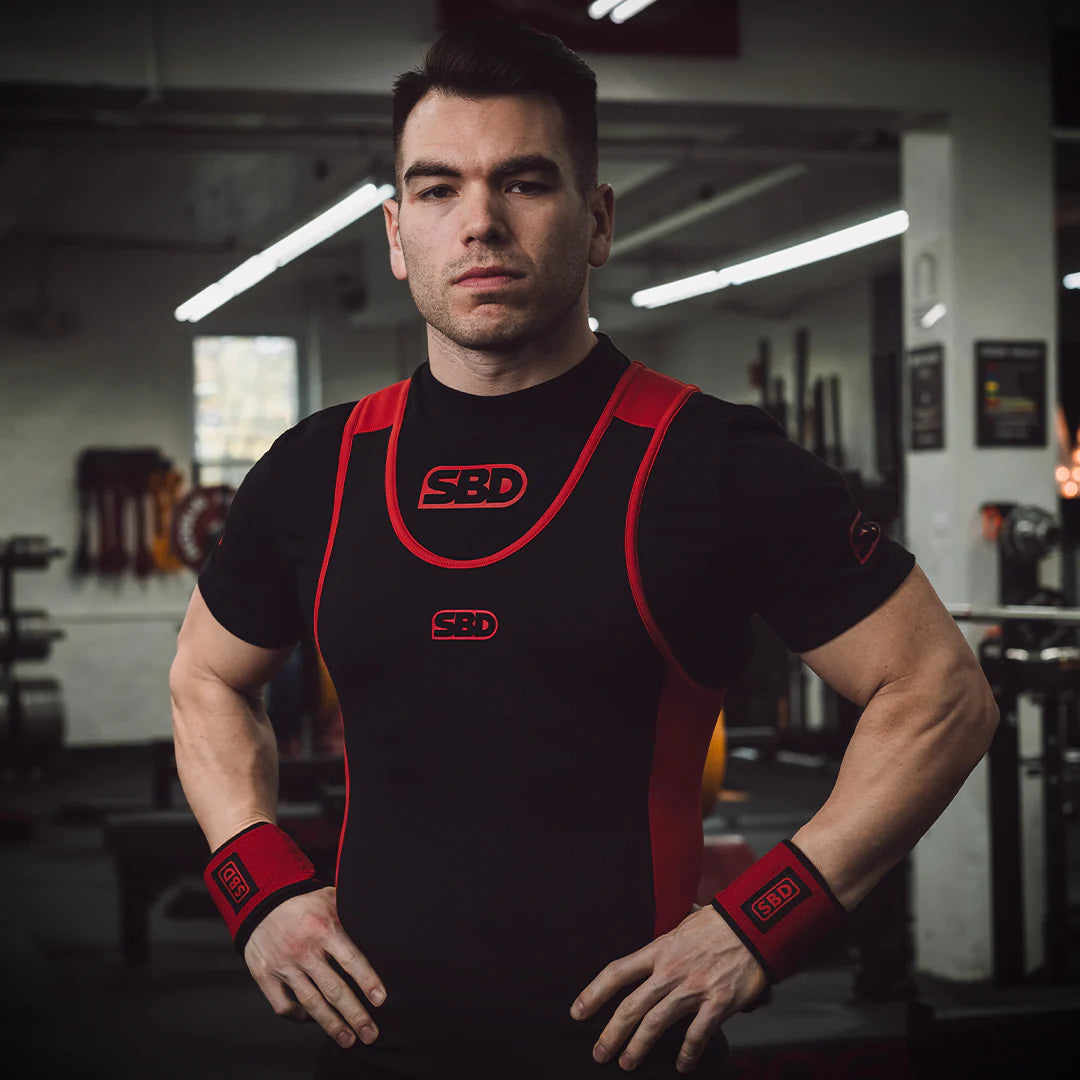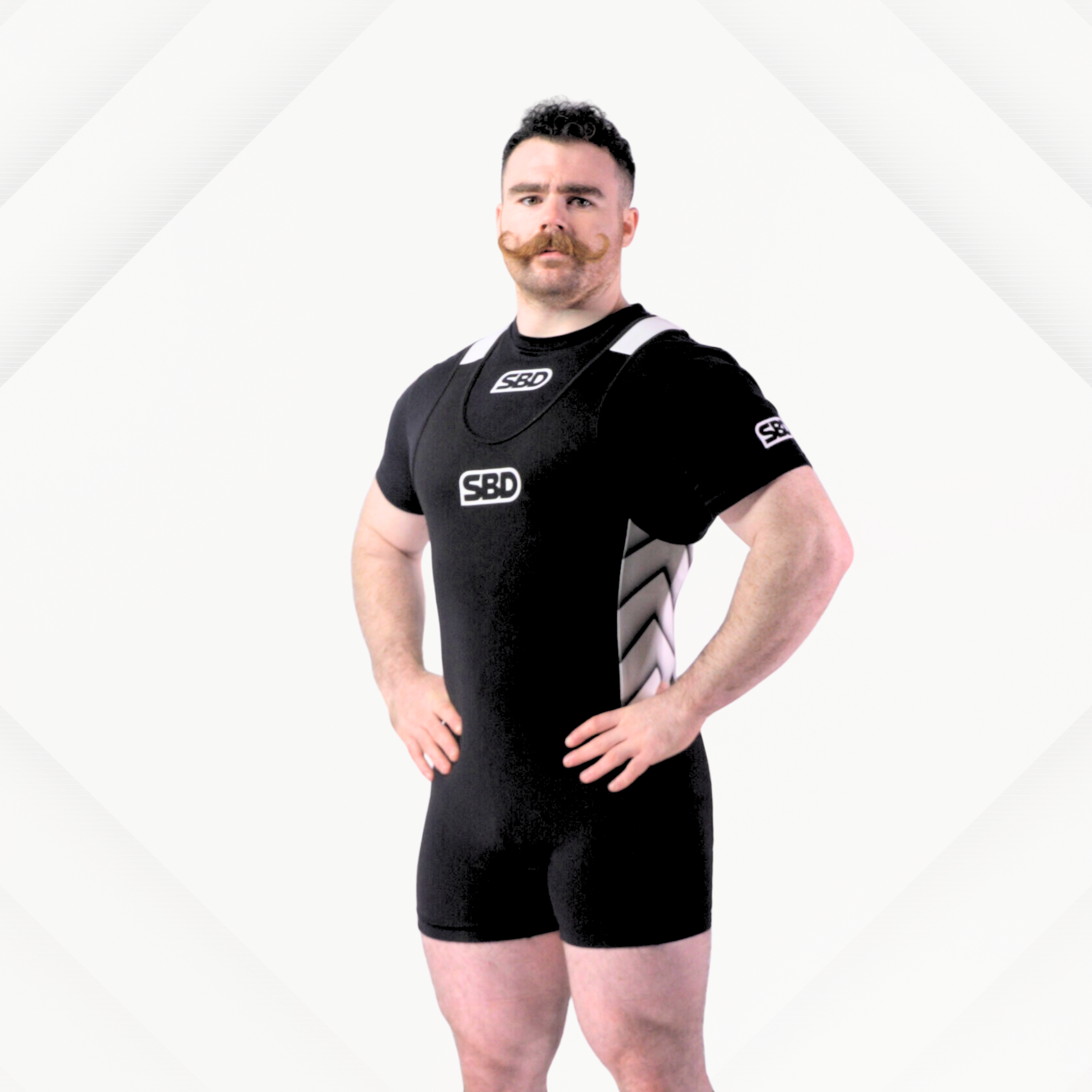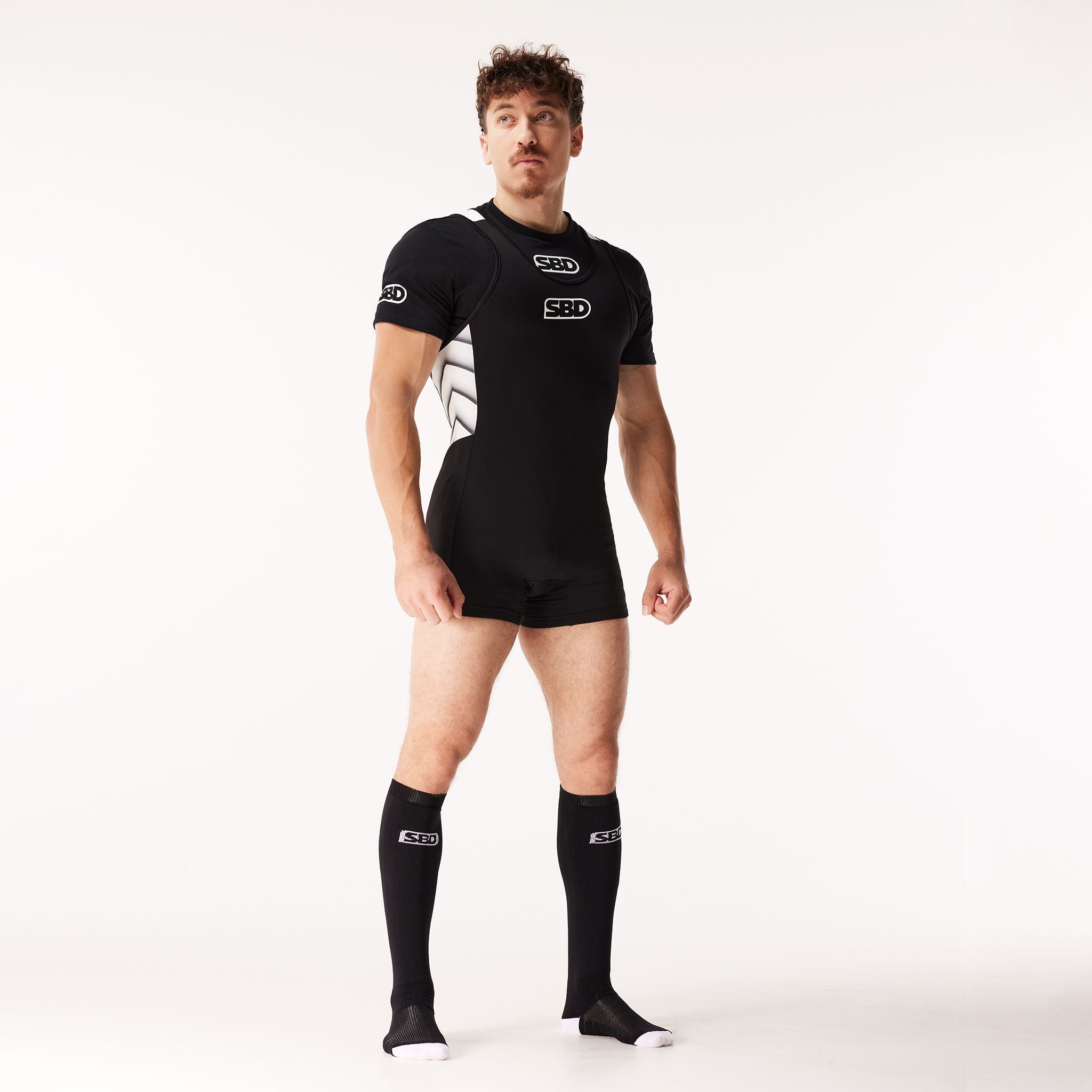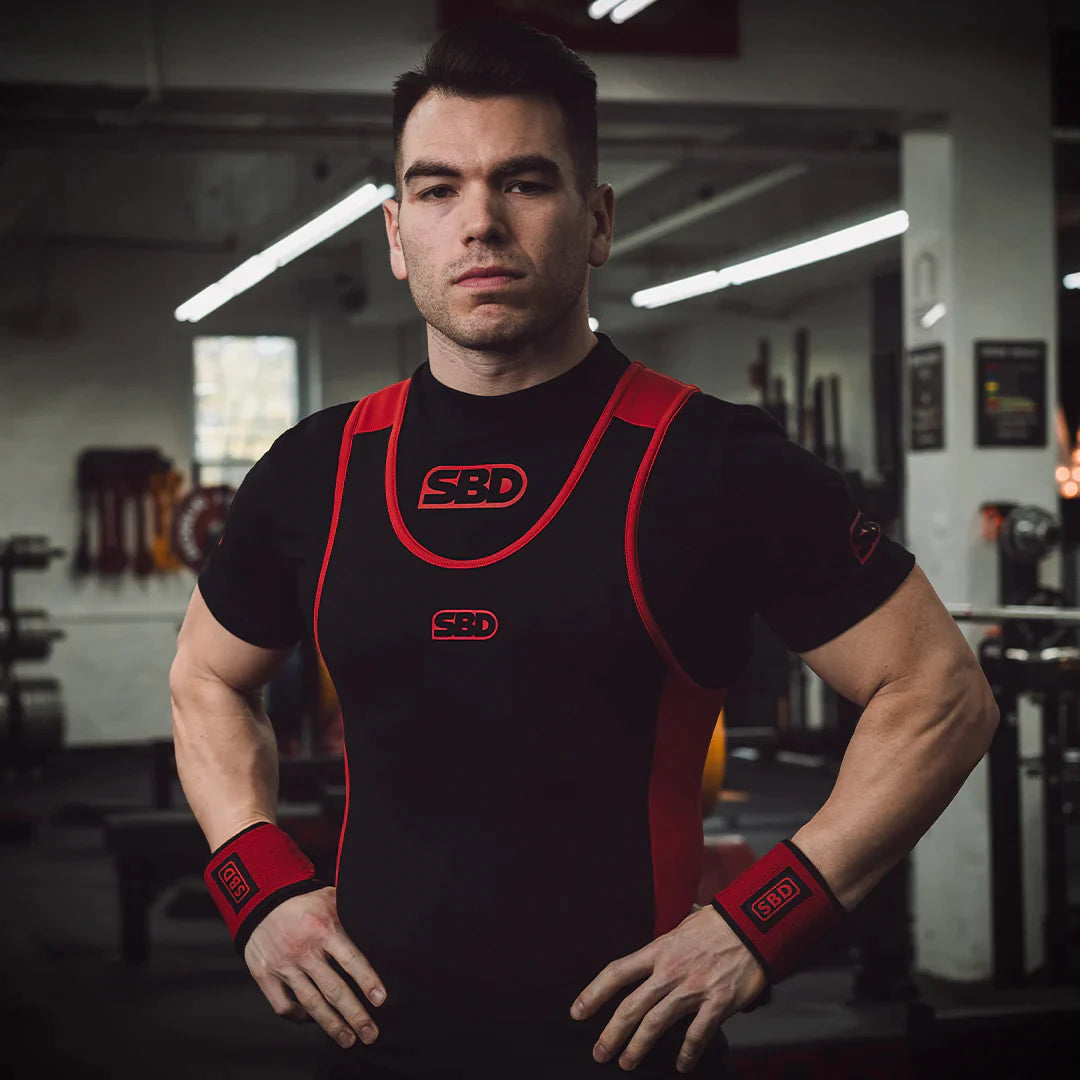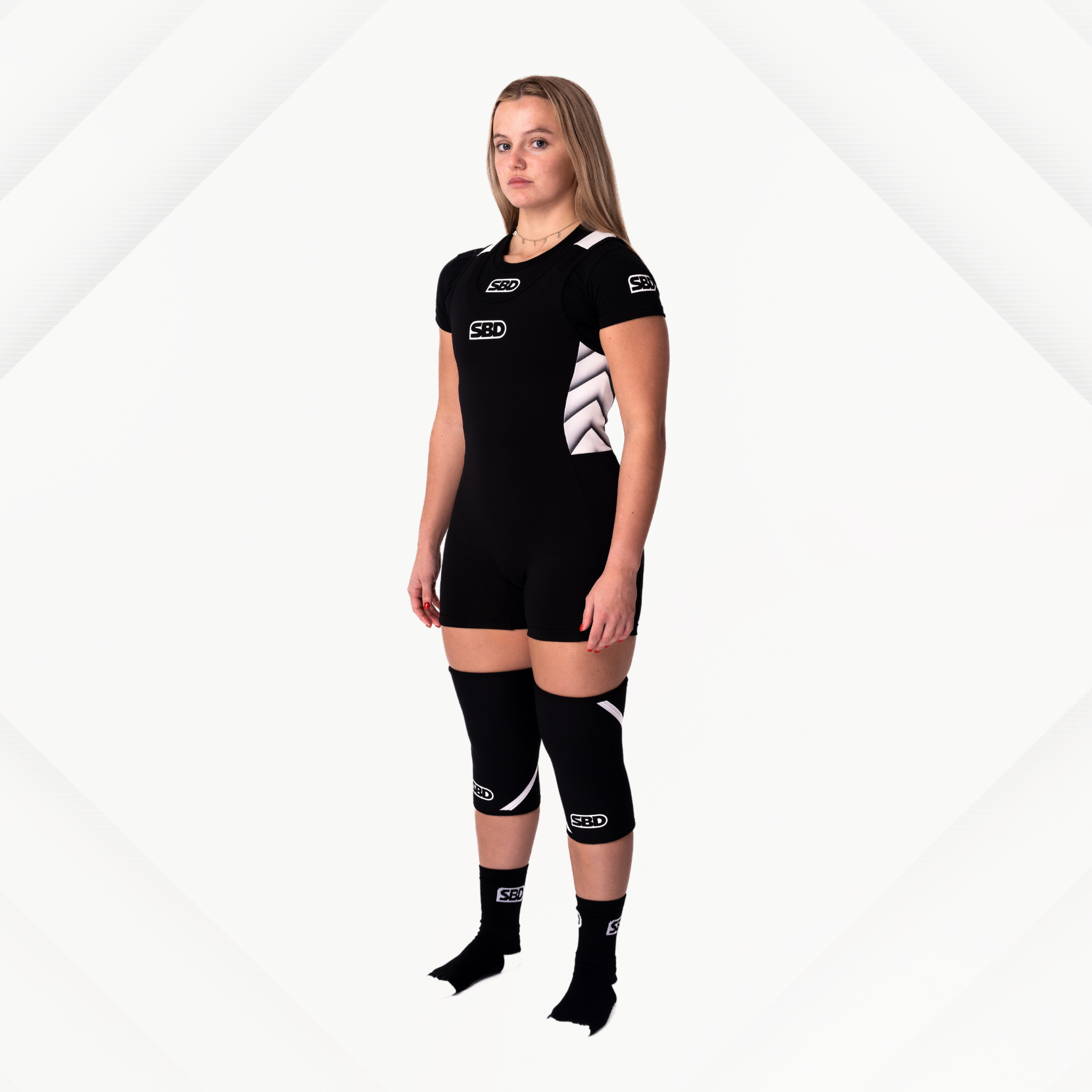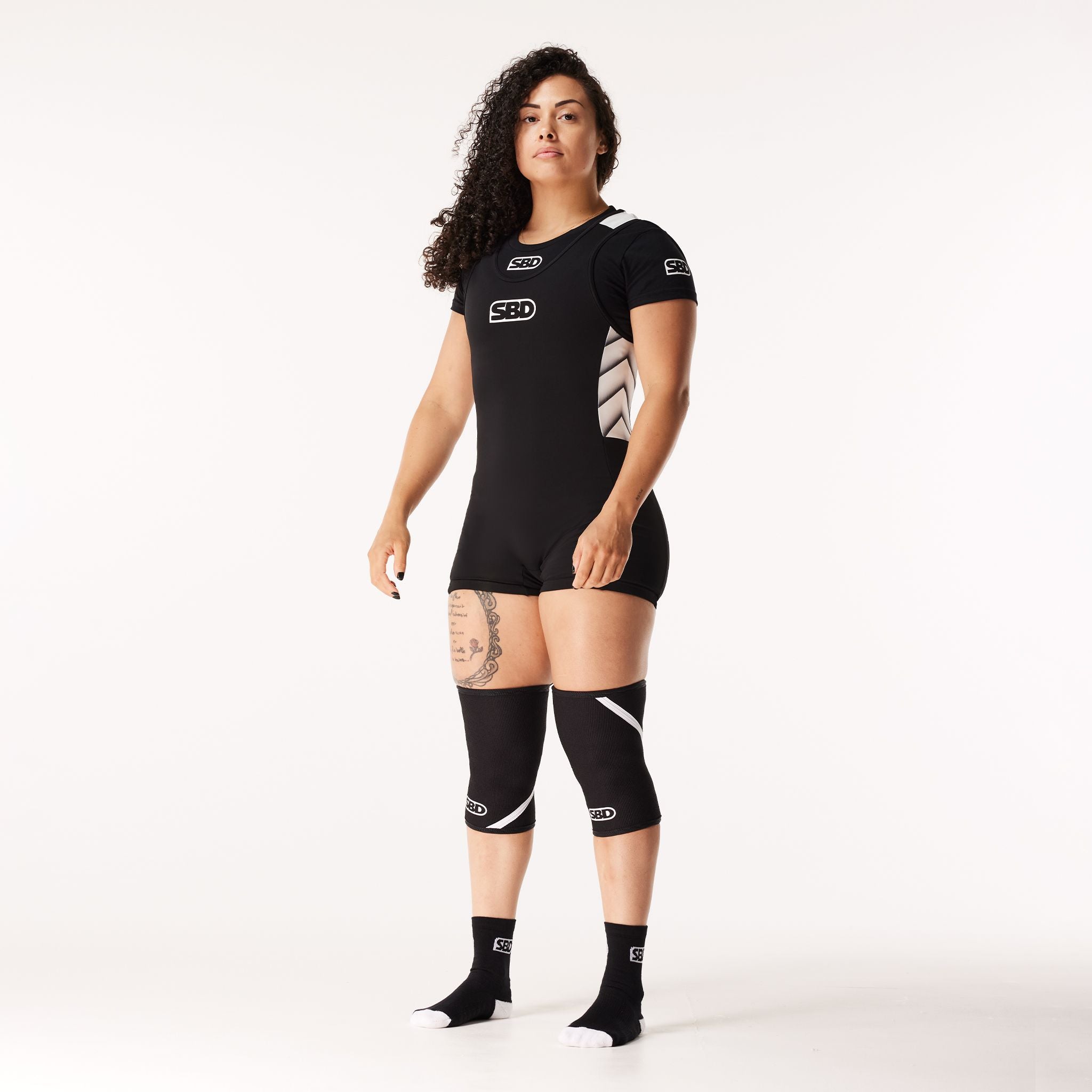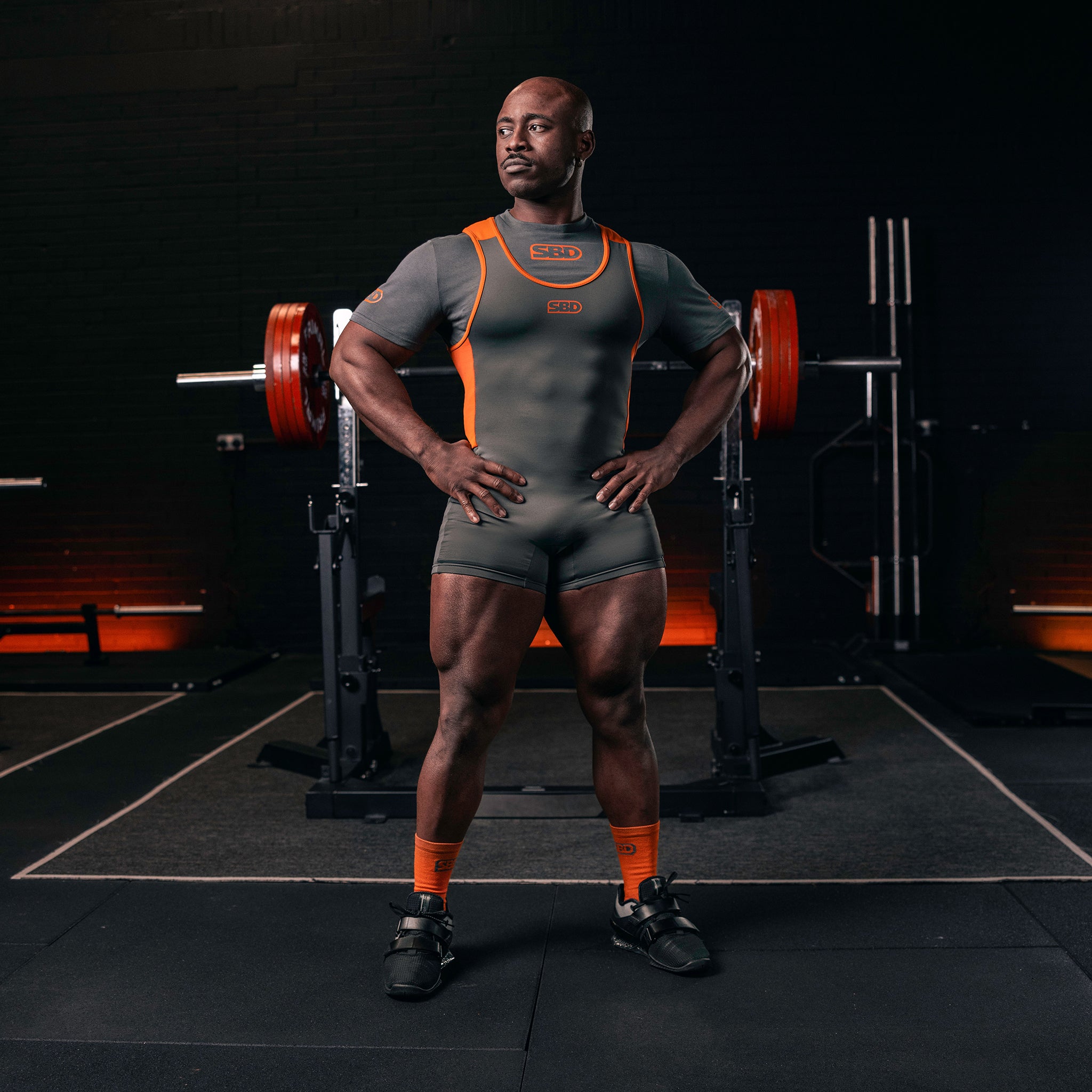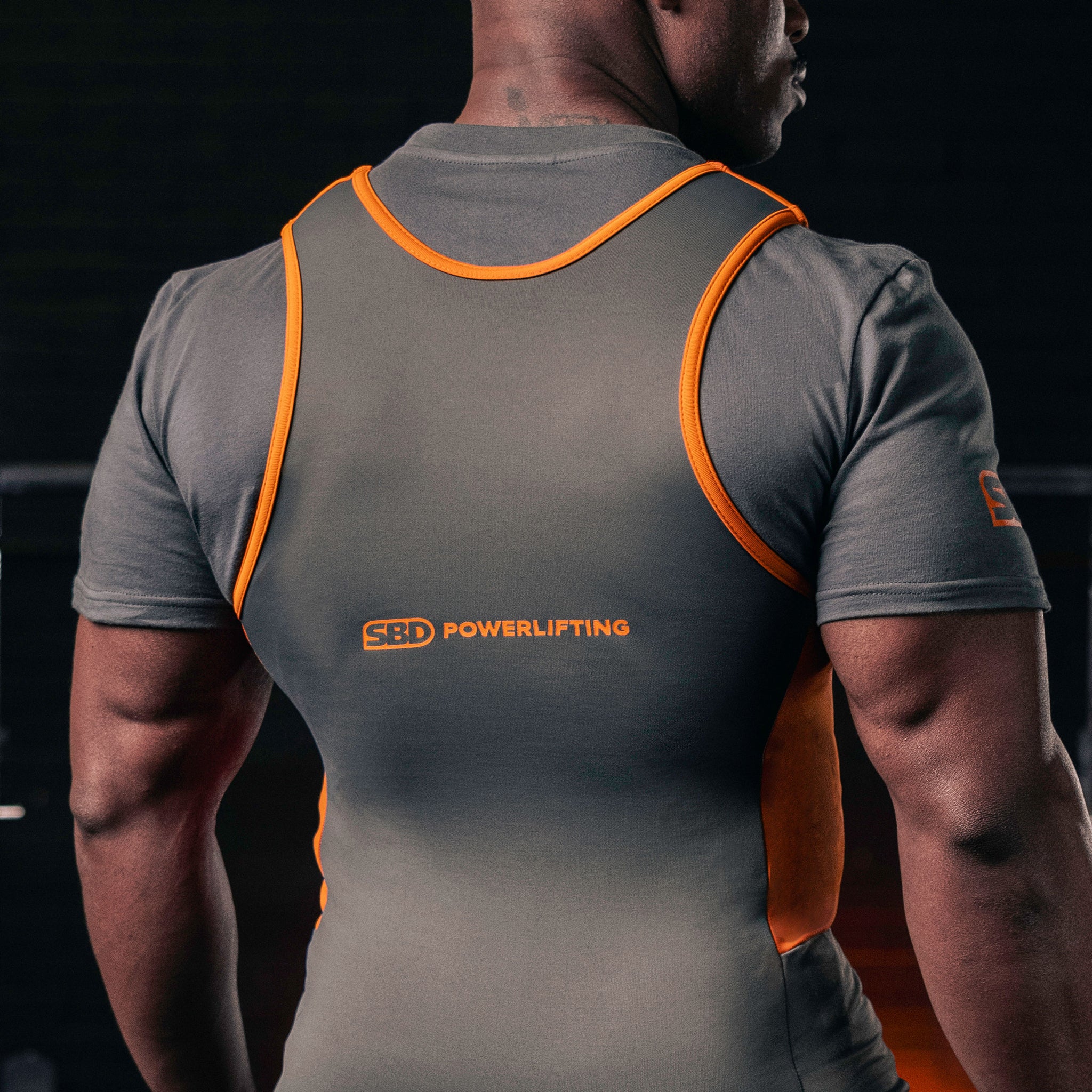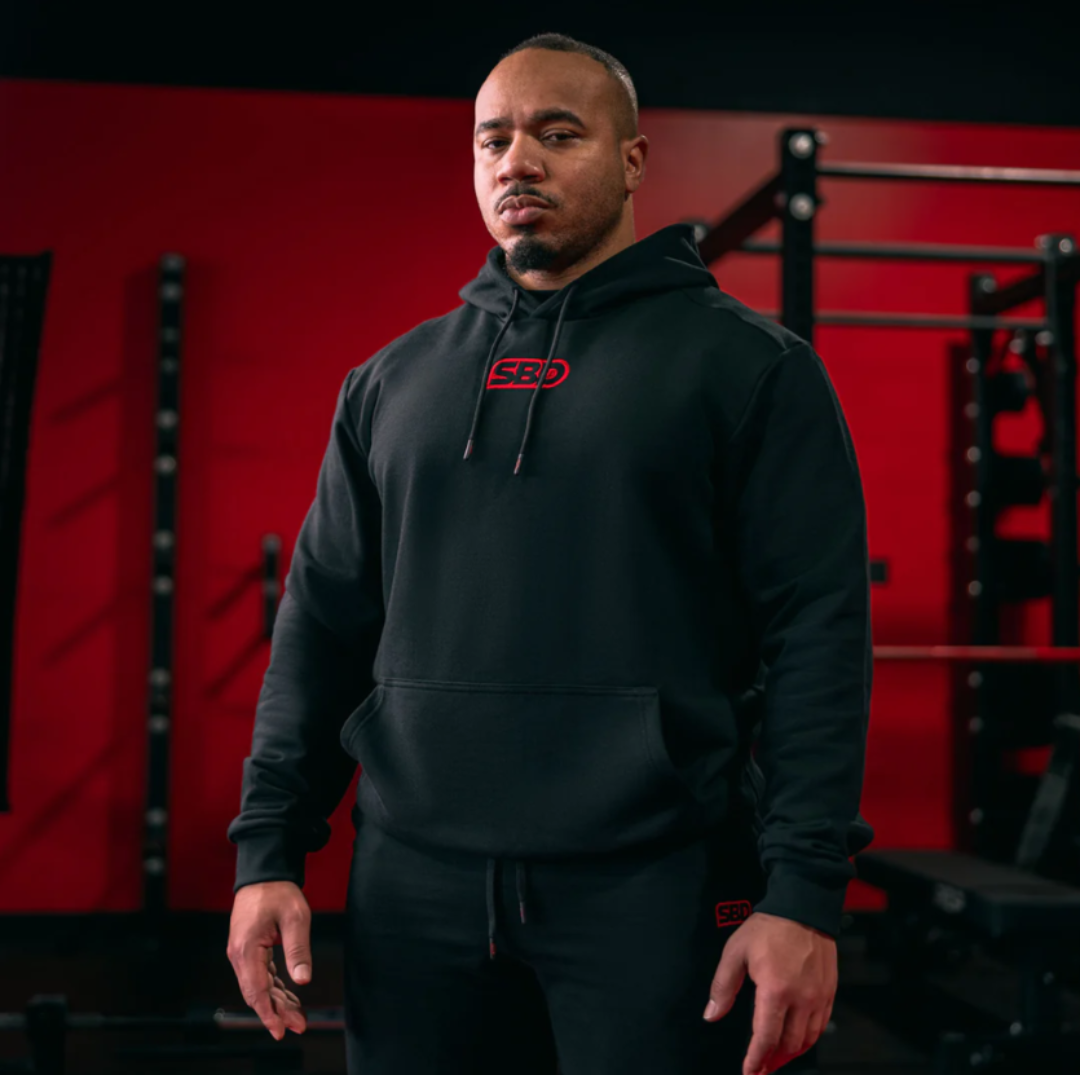Introduction to the Rounded Back Issue
Deadlifting is one of the most effective compound exercises, but if you're rounding your back, you're risking injury. Many lifters, both beginners and veterans, struggle to maintain a flat or neutral spine. It’s not just about aesthetics—poor form can result in serious consequences.
This guide will help you identify, fix, and prevent a rounded back during deadlifts using practical, step-by-step advice. Let’s dig into the mechanics of safer lifting.
Why Deadlift Form Matters
Proper deadlift form isn’t just a matter of lifting more—it’s about spinal safety, muscle efficiency, and long-term performance. Rounded backs shift the stress away from the glutes and hamstrings, placing it directly on your spine and connective tissues.
Maintaining a neutral spine allows you to lift heavier loads with less risk. More importantly, it ensures the right muscles are being targeted.
Common Causes of a Rounded Back During Deadlifts
There are several culprits when it comes to a rounded back. Understanding them is the first step to fixing your form.
Weak Core Muscles
Your core stabilises your spine. If your core is weak, your lumbar spine may collapse under load.
Poor Hip Mobility
Tight hips prevent you from getting into a proper hinge position, causing rounding at the lower back.
Inadequate Hamstring Flexibility
Tight hamstrings can pull your pelvis into a posterior tilt, leading to an arched lower back.
Incorrect Bar Path
If the bar drifts forward, your back compensates by rounding to keep balance. This usually happens when you're not keeping the bar close to your body.
How to Recognise a Rounded Back in Your Deadlift
You may not feel the issue until it's too late. Here are key signs:
-
Your lower back visibly curves under load
-
You feel tension or soreness in your lumbar spine post-workout
-
You struggle to maintain a straight spine even at lighter weights
-
You have poor lockout mechanics or struggle to finish the lift
Use a mirror or better yet, record yourself from the side during your lifts.
Key Muscles Involved in a Proper Deadlift
A correct deadlift activates the following:
-
Glutes – Primary movers
-
Hamstrings – Assist the hinge
-
Erector Spinae – Maintain spinal rigidity
-
Traps and Lats – Stabilise the upper body
-
Core – Braces the midsection
By engaging these muscles, your spine stays safe and your strength increases.
Step-by-Step Correction Techniques
Step 1: Film Your Deadlift
Set up your phone or camera side-on to catch your back alignment. Reviewing footage allows you to identify where your back starts to round.
Step 2: Set Up With Neutral Spine Awareness
-
Stand with feet hip-width apart
-
Hinge at the hips, not the waist
-
Engage your lats to lock shoulders in place
-
Brace your core and look slightly forward, not down
Use cues like:
"Chest up, ribs down, brace like you're about to be punched."
Step 3: Strengthen Your Posterior Chain
Focus on exercises like:
-
Romanian Deadlifts
-
Glute Bridges
-
Back Extensions
-
Kettlebell Swings
These will improve muscular endurance and power where it counts.
Step 4: Activate Your Core Before Lifting
Try the following before each set:
-
Plank holds
-
Dead bugs
-
Bird-dogs
Think of your core as a natural weight belt—it must stay switched on.
Equipment That Can Help Improve Your Form
While not essential, certain tools can assist your progress:
-
Lifting belts: Help cue core bracing
-
Deadlift wedges: Allow for consistent bar placement
-
Trap bars: Provide a more upright torso position
-
Resistance bands: Add feedback for engaging lats and hips
Warm-up Routines to Prevent Rounding
Start every deadlift session with:
| Warm-up Component | Time | Benefit |
|---|---|---|
| Dynamic hip openers | 5 mins | Increases mobility |
| Core activation (planks, bird-dogs) | 5 mins | Boosts spinal stability |
| Light RDLs or kettlebell swings | 5 mins | Reinforces hinge mechanics |
A proper warm-up primes your nervous system and joints for heavier loads.
Drills and Exercises to Reinforce Good Posture
Try incorporating these weekly:
-
Wall hinges (to learn proper hip hinge)
-
Good mornings with light weight
-
Banded deadlifts for lat activation
-
Slow eccentrics (3–5 sec descent) in Romanian Deadlifts
Consistency here builds muscle memory and long-term success.
Programming Tips to Maintain Good Technique
-
Don’t max out every session—fatigue destroys form.
-
Rotate in variation lifts: deficit deadlifts, paused deadlifts, or tempo reps.
-
Rest at least 48 hours between heavy pulling sessions.
-
Use RPE (Rate of Perceived Exertion) to judge intensity, not just the bar weight.
When to Seek Professional Help
If you're constantly rounding despite best efforts, consult:
-
A certified strength coach
-
A physiotherapist with lifting knowledge
-
A posture correction specialist
Form is personal—what works for one lifter may need tweaking for another.
FAQs
1. Is a Slight Rounding Always Bad?
Not necessarily. Some advanced lifters round slightly in the upper back for specific goals, but the lower back should always stay neutral.
2. Can I fix my form without reducing weight?
It’s possible, but dropping the weight temporarily helps rebuild proper mechanics.
3. How long does it take to correct a rounded back?
With focused effort, many see improvements in 4–6 weeks.
4. Will lifting belts prevent rounding?
No, belts only enhance bracing. They can’t replace proper form.
5. Are sumo deadlifts better for posture?
Sumo stance can reduce spinal stress but still requires good posture and technique.
6. Do I need to stop deadlifting until I fix this?
Not always. Just scale back the weight, reduce volume, and focus on form drills.
Conclusion
Fixing a rounded back in the deadlift isn't just about improving how you look in the gym—it’s about protecting your spine, boosting your power, and becoming a smarter lifter. With the right mix of mobility, strength, awareness, and consistency, you can deadlift with confidence and control.
Remember: It’s a journey, not a quick fix. Stay patient, stay consistent, and keep lifting.

